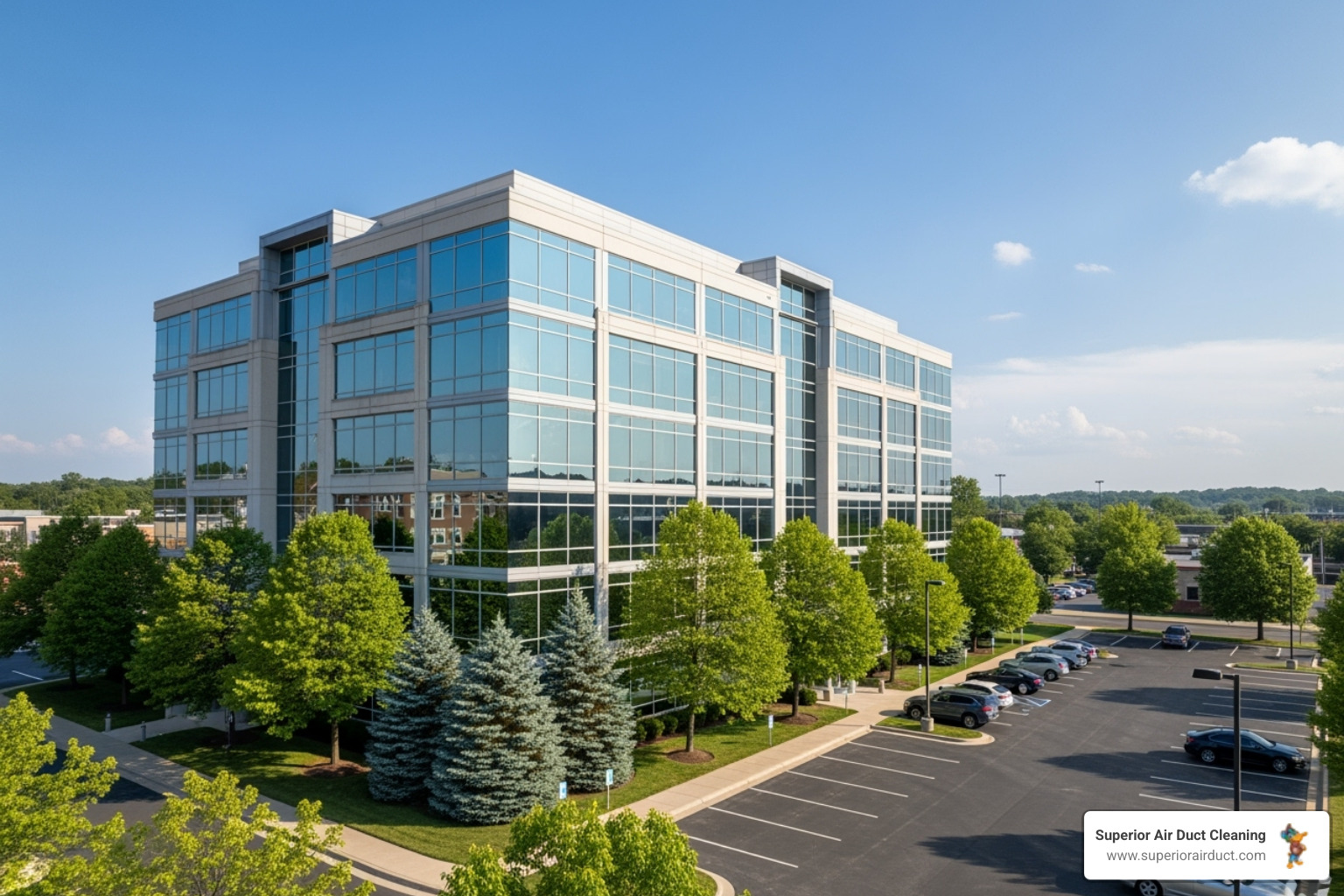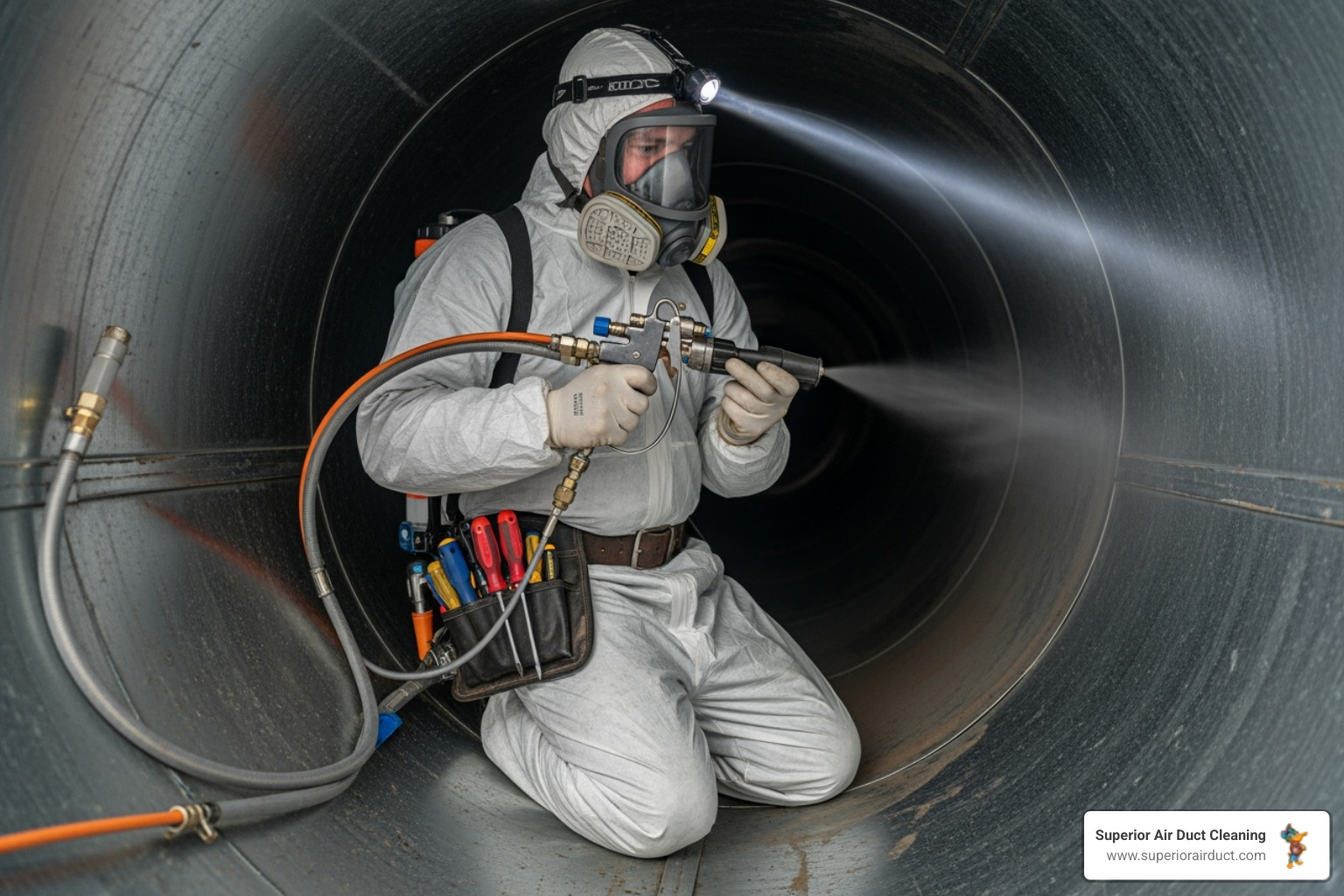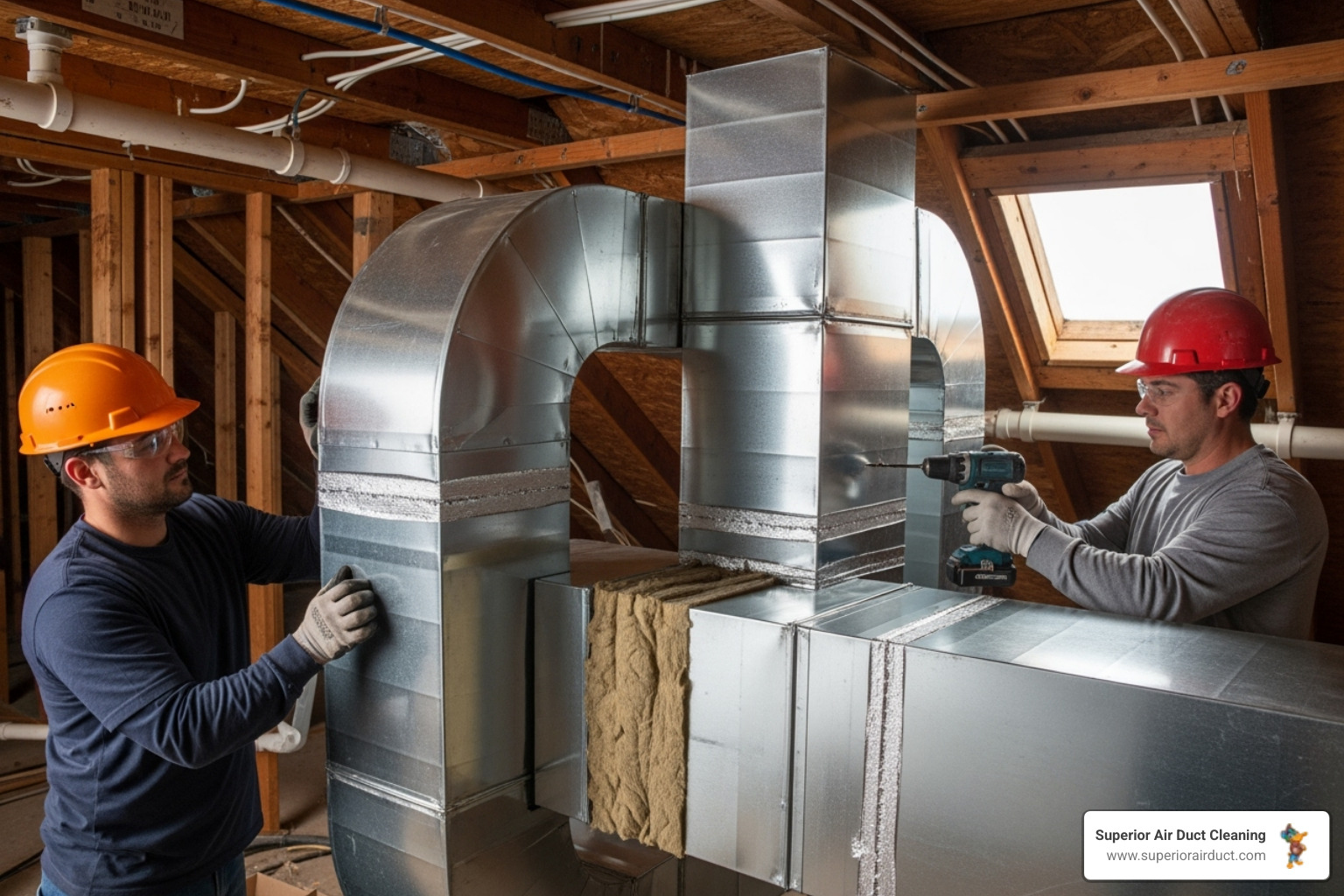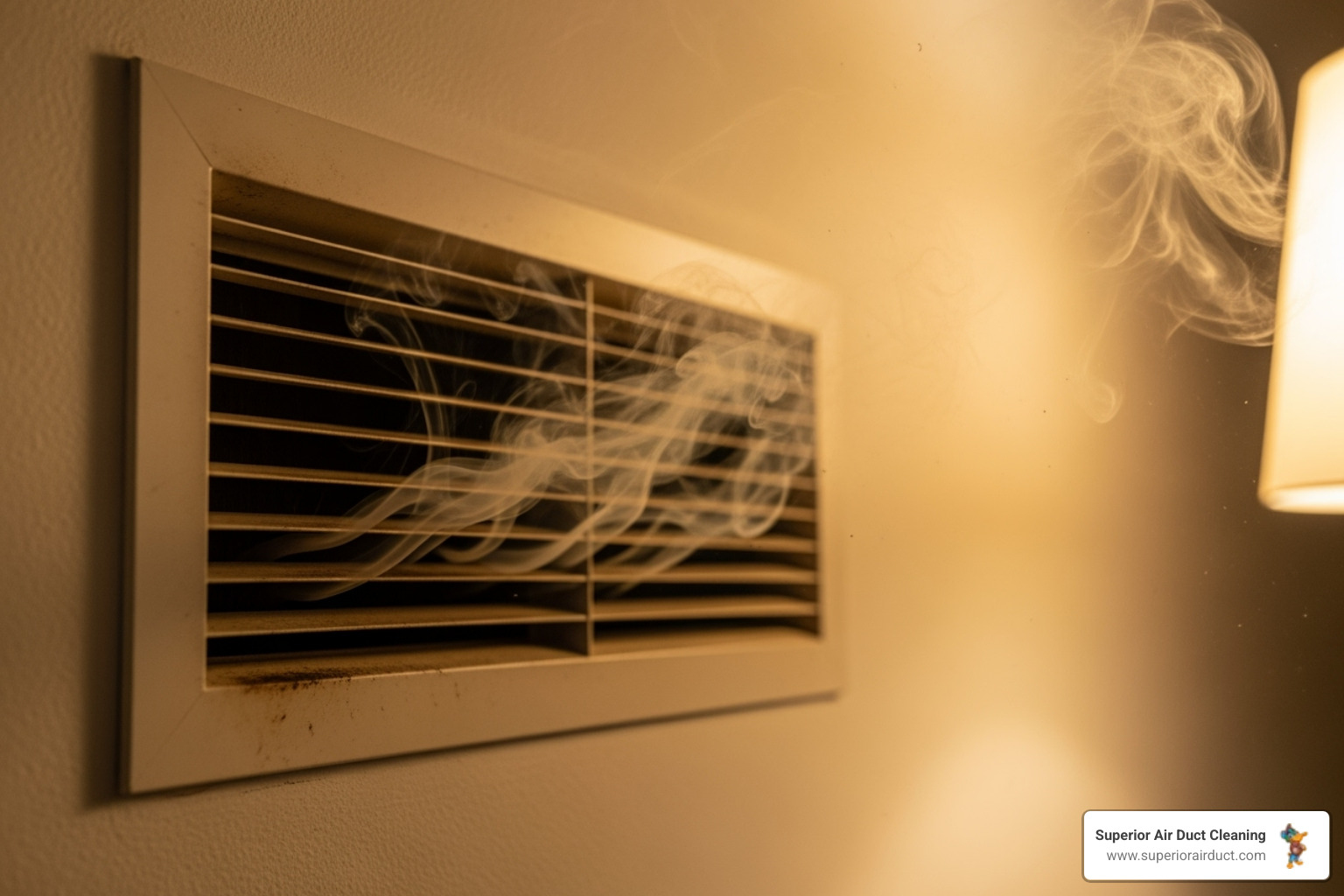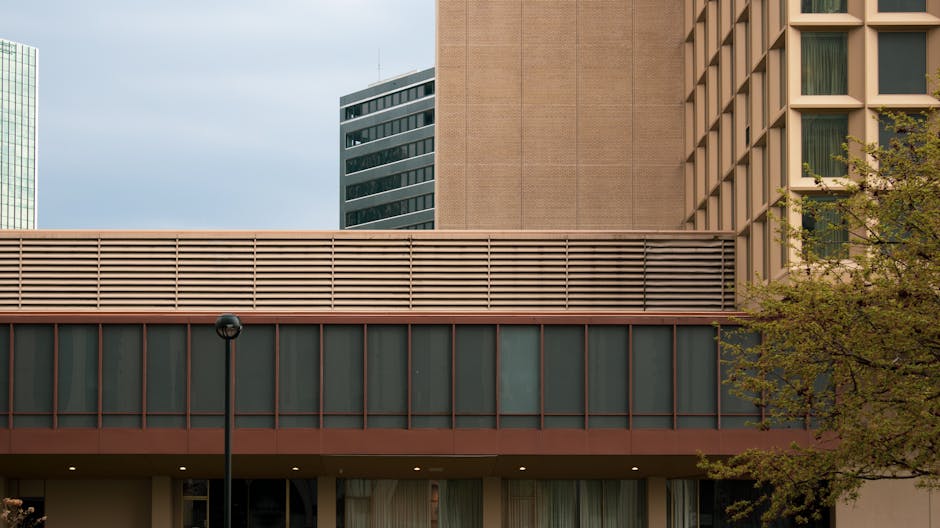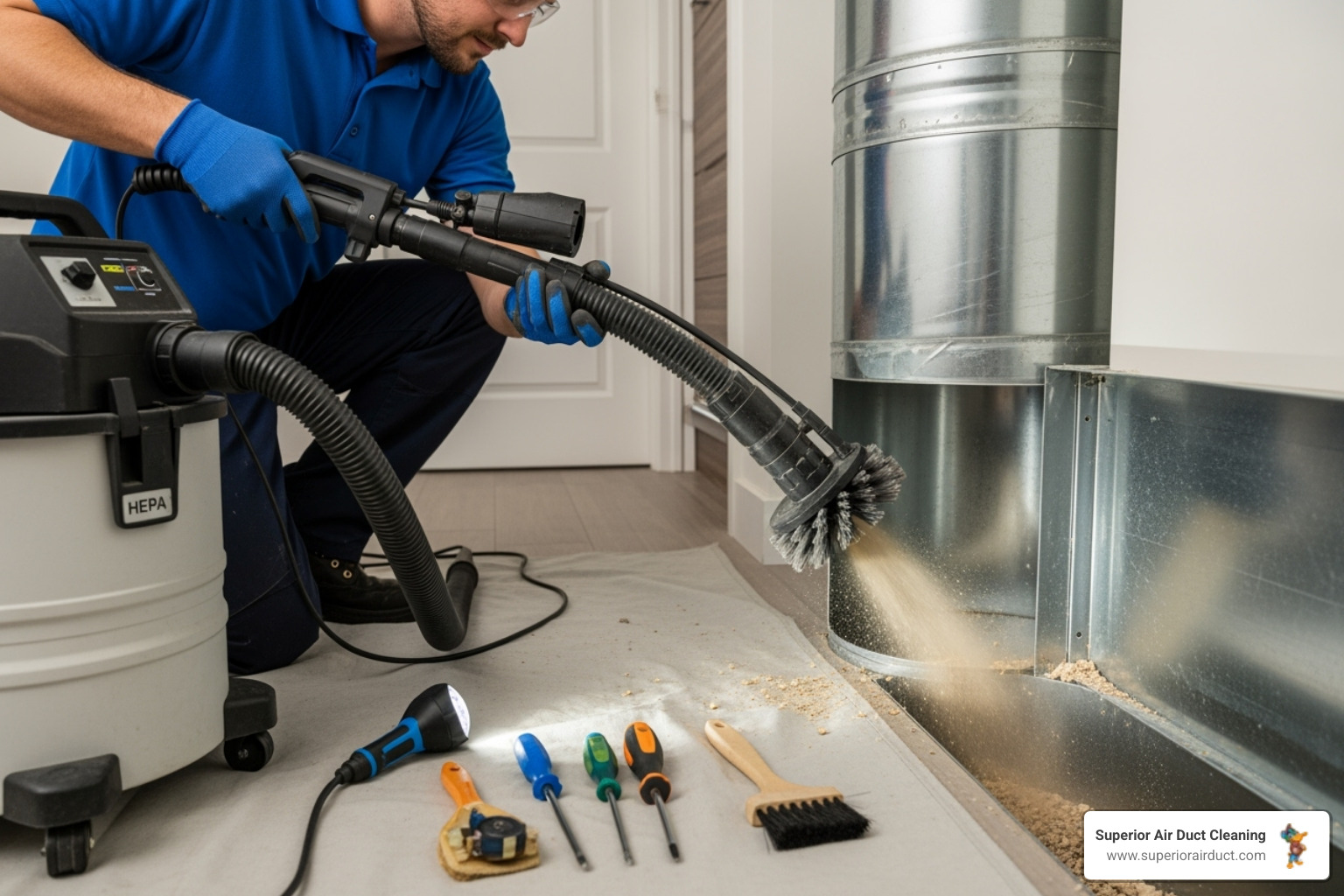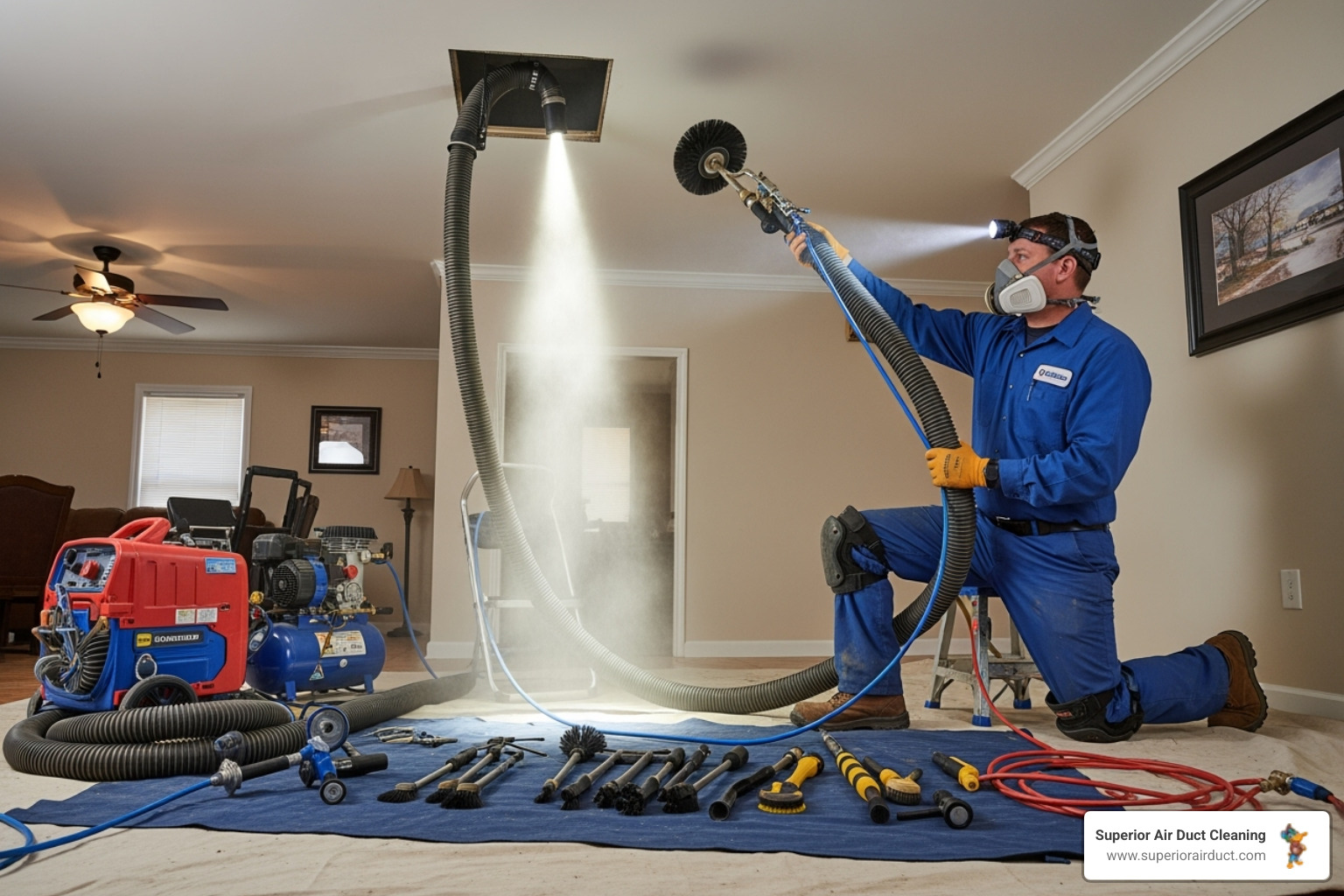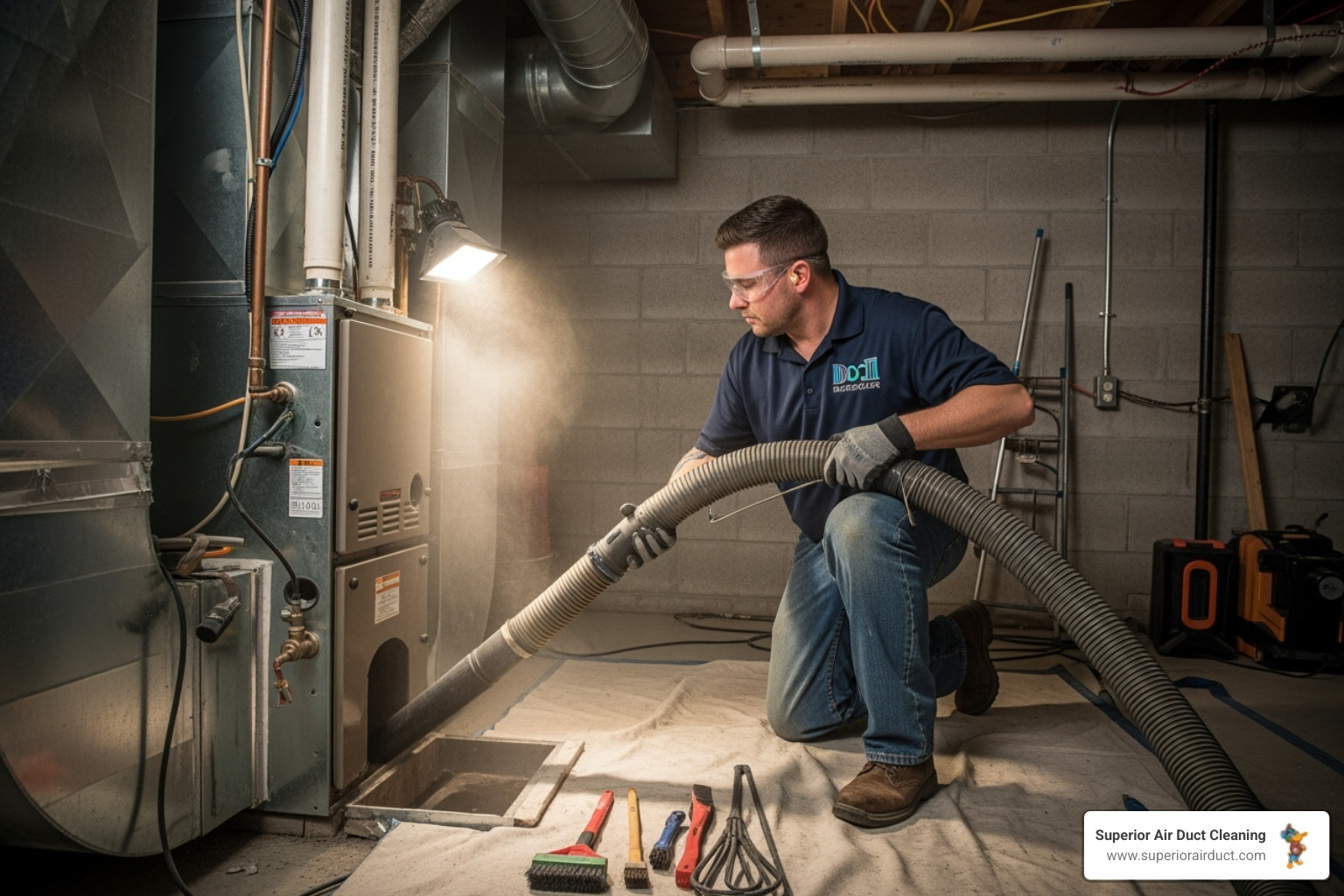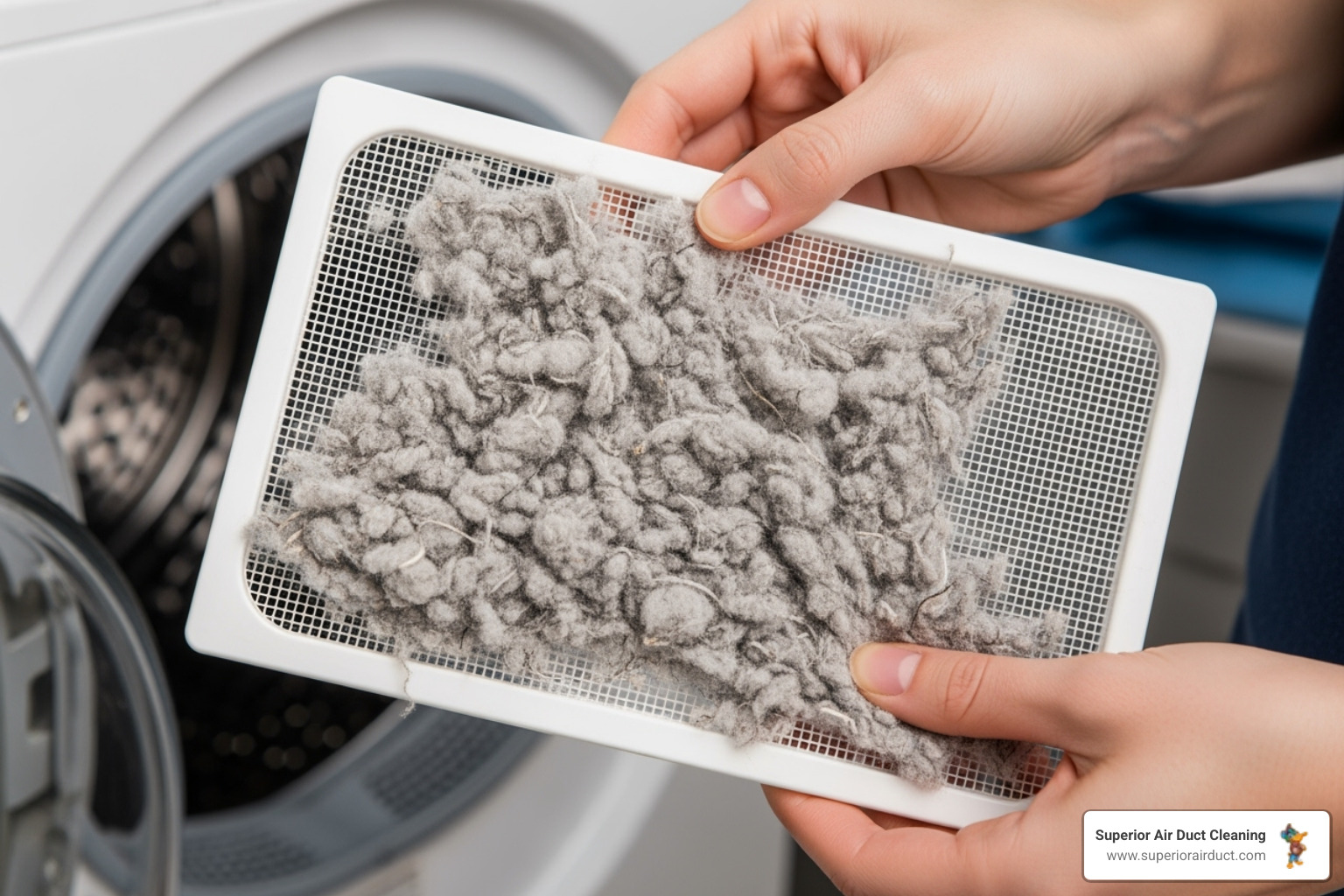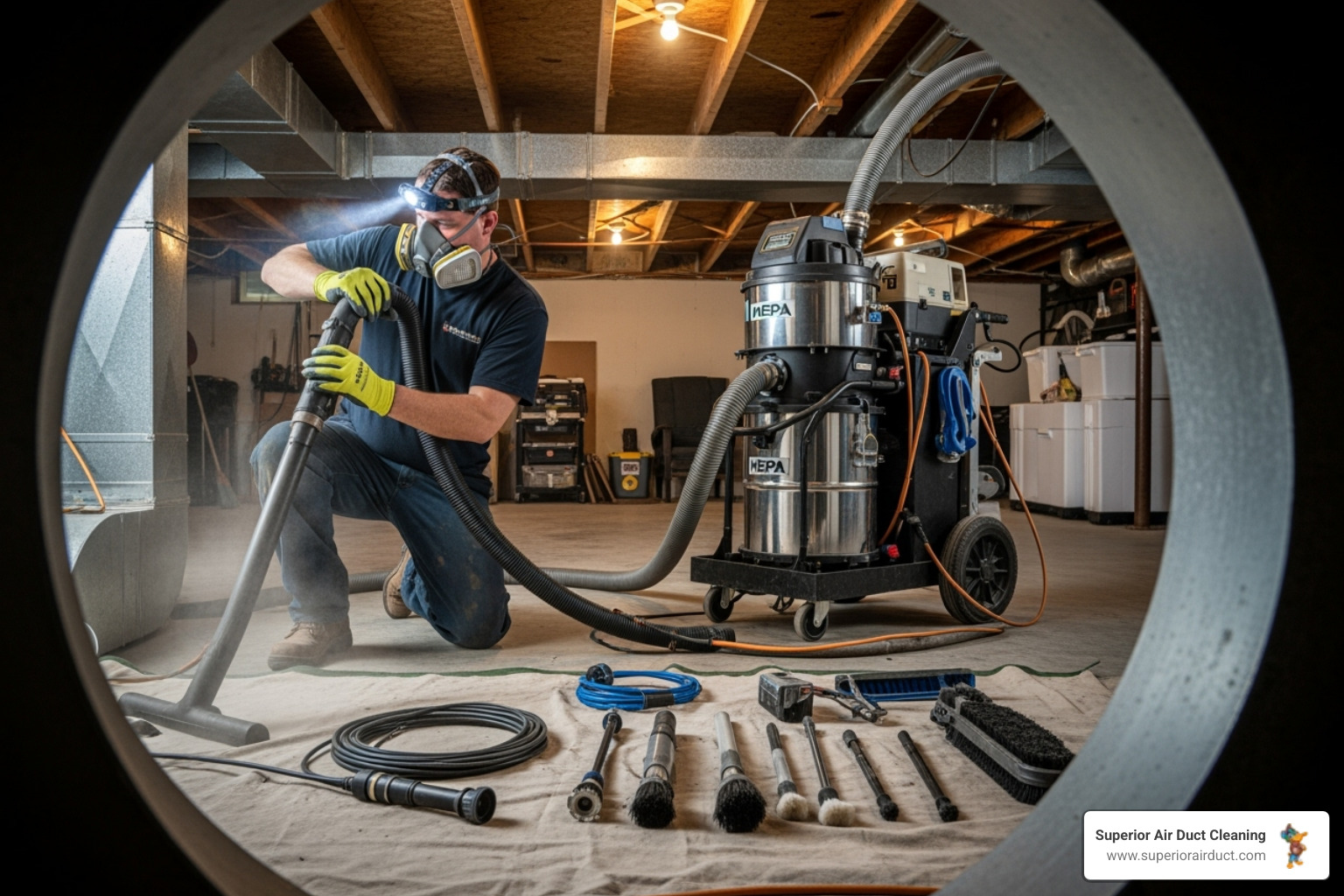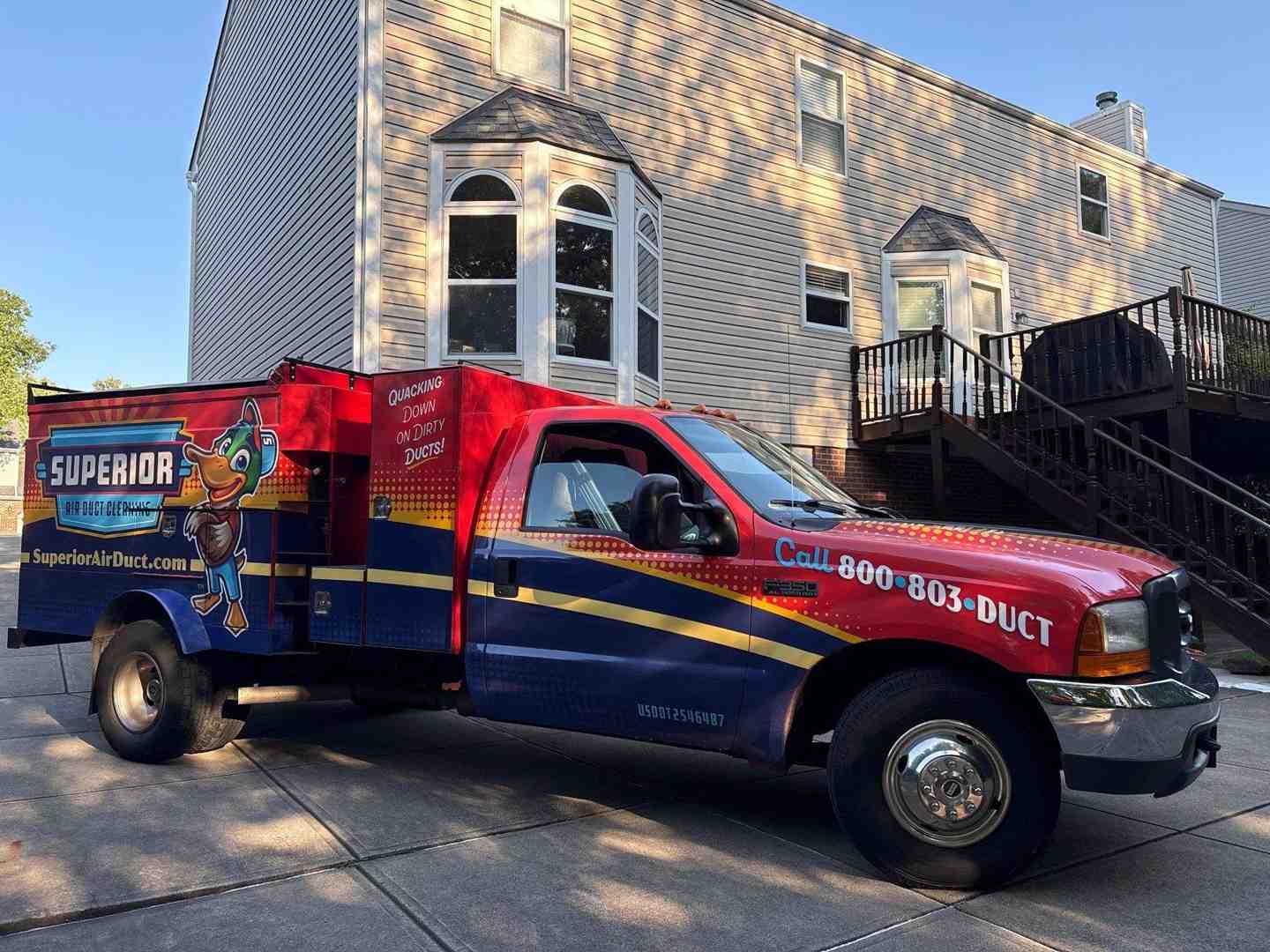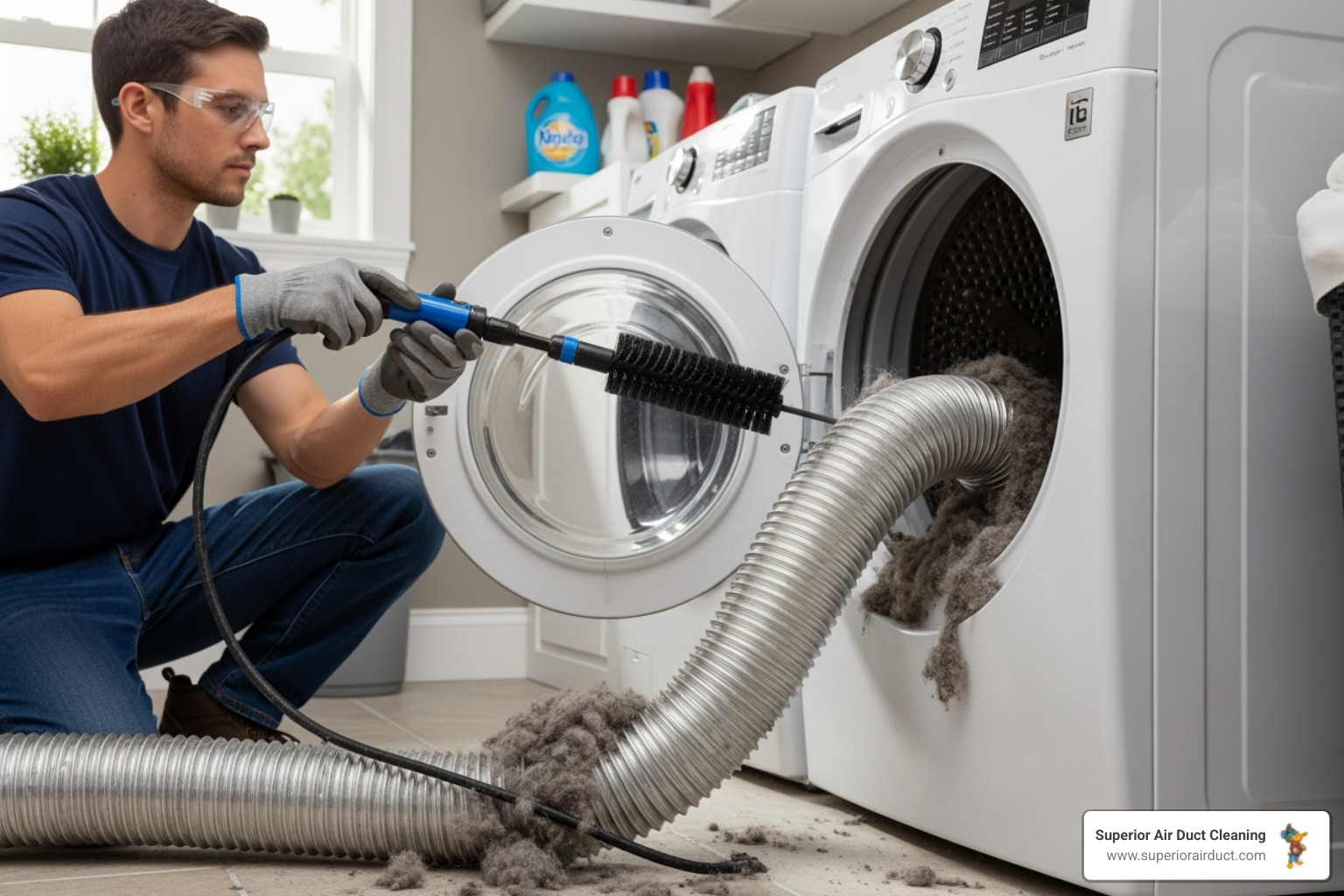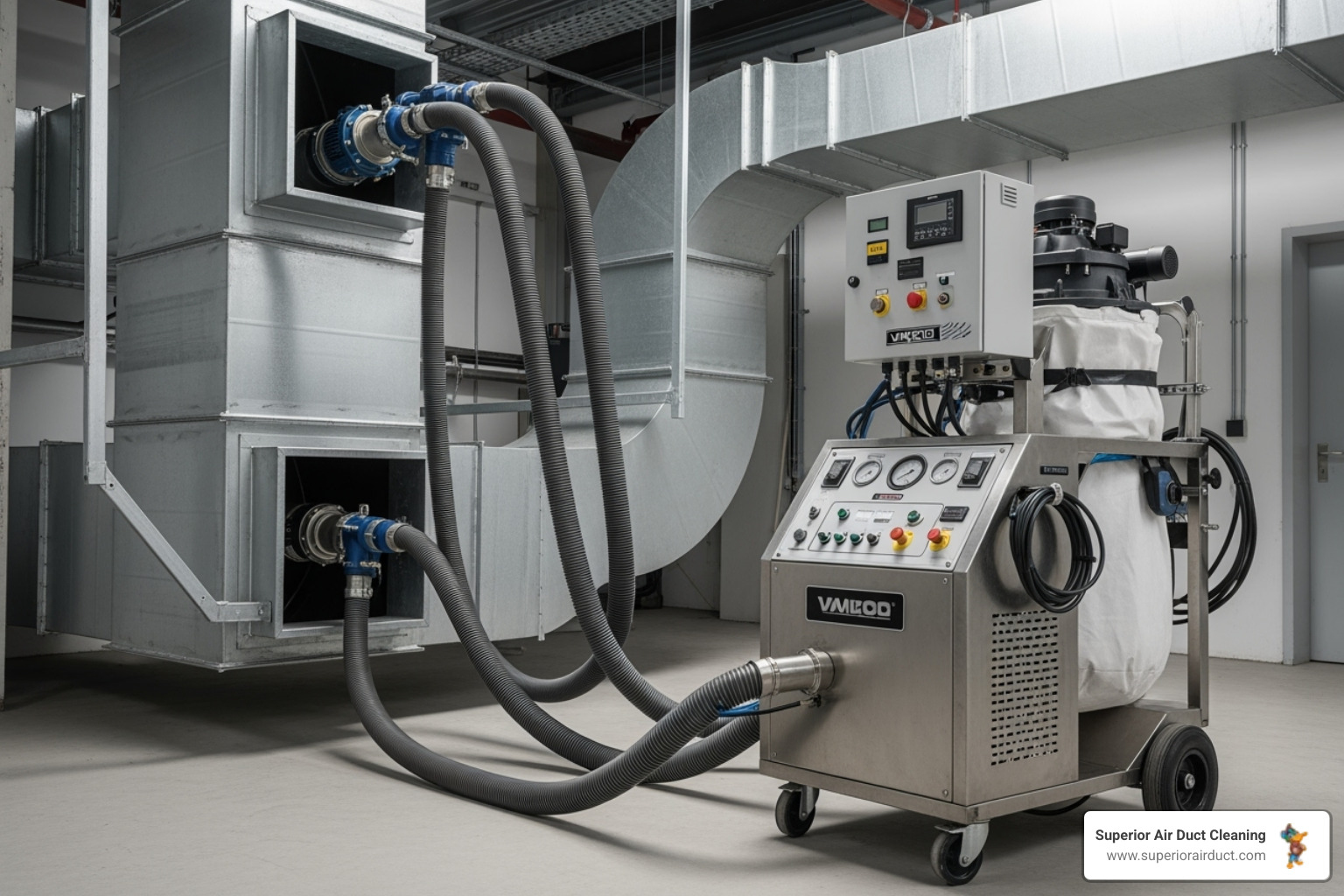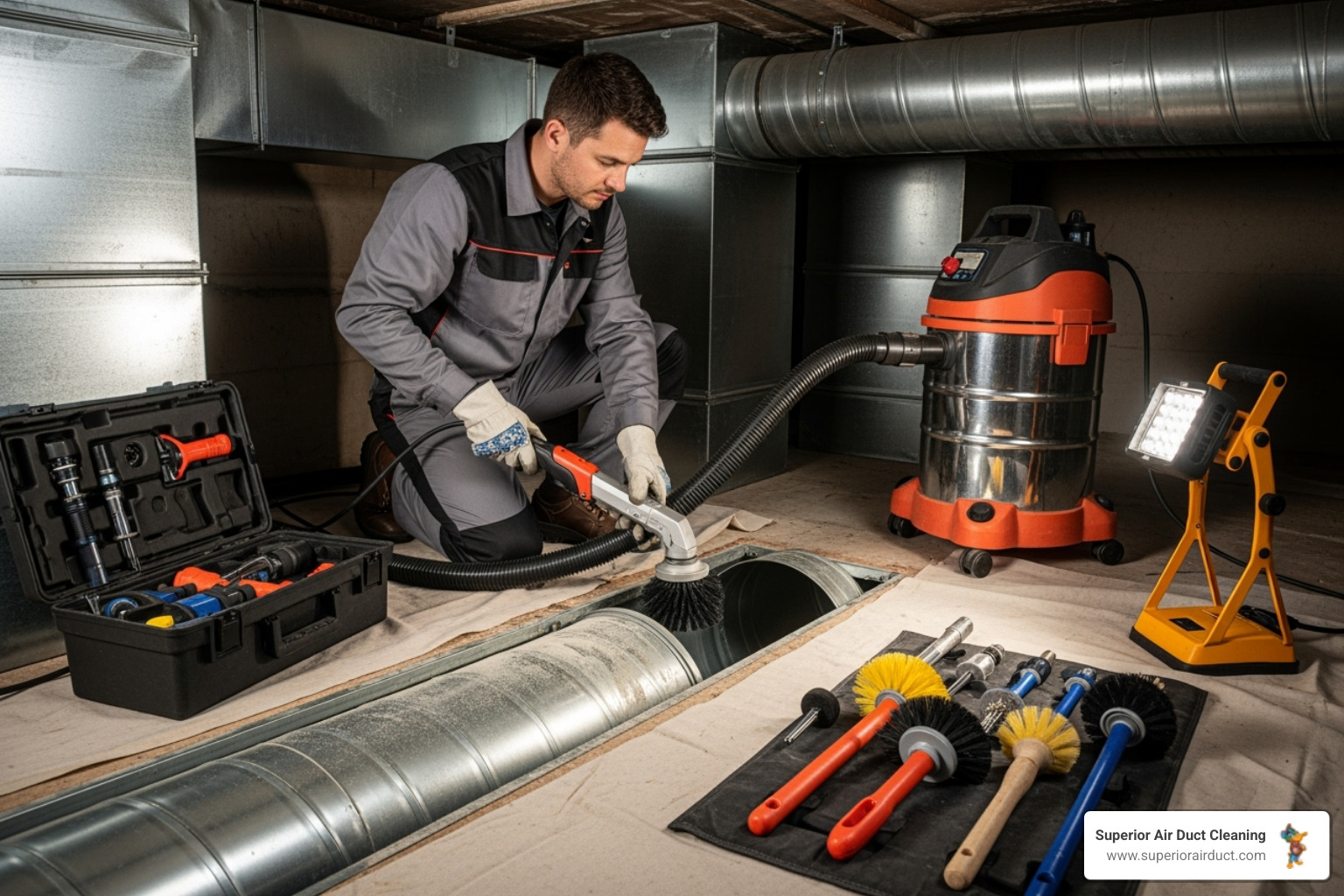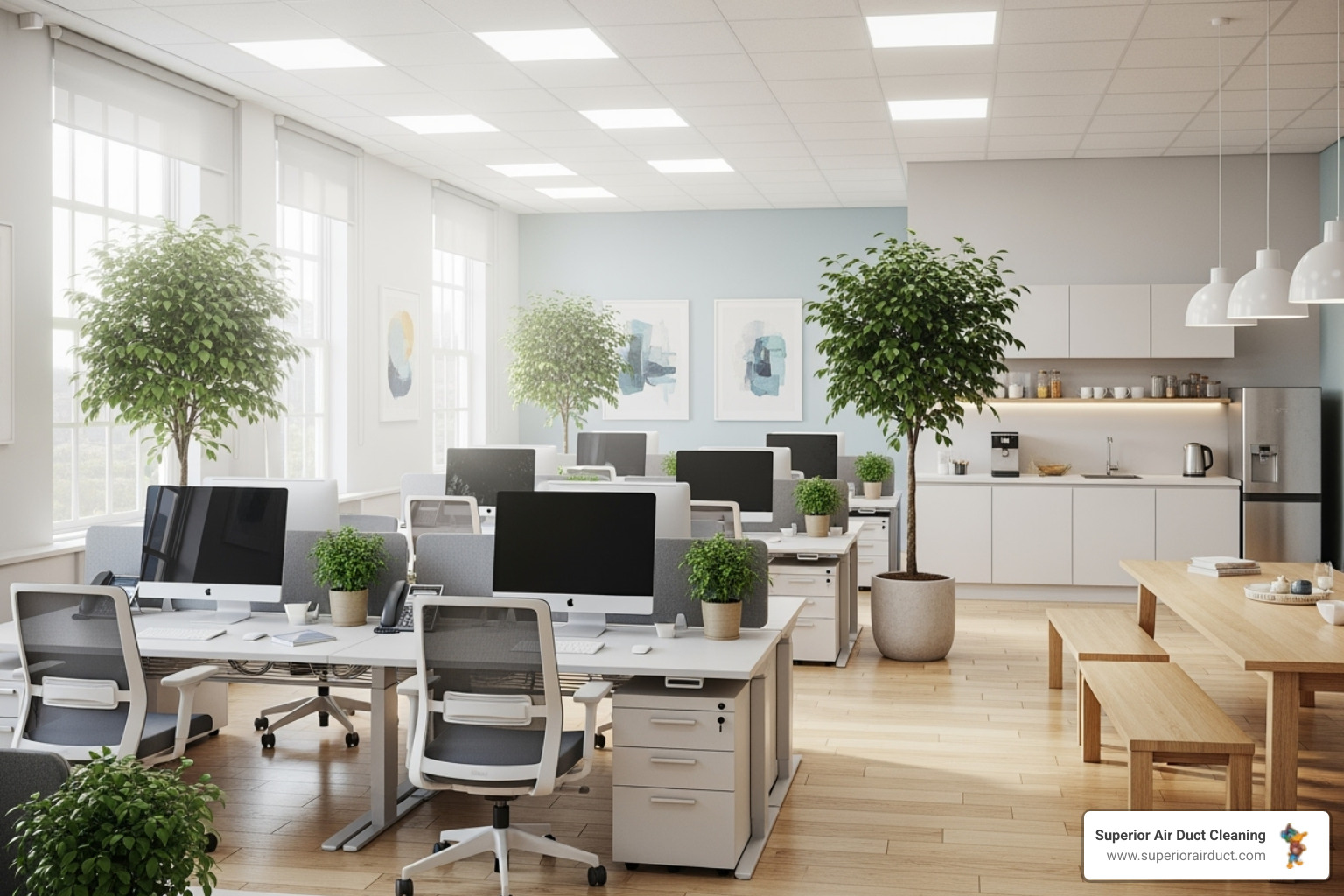
Why Commercial Building Air Quality Matters More Than You Think
Commercial building air quality directly impacts the health, comfort, and productivity of everyone who works in or visits your facility. With most people spending up to 90% of their time indoors, the air they breathe at work can significantly affect their well-being and performance.
Key factors affecting commercial building air quality include:
- Pollutant Sources: VOCs from furniture, cleaning chemicals, and office equipment.
- Ventilation Systems: HVAC performance and maintenance.
- Humidity Levels: Ideal range is 30-50% to prevent mold growth.
- Occupant Density: High density can lead to CO2 buildup in poorly ventilated spaces.
- Building Materials: Off-gassing from carpets, paints, and furnishings.
Poor air quality costs businesses billions annually in lost productivity and medical care, according to EPA estimates. Studies show that inadequate ventilation can reduce cognitive function by up to 11% and increase respiratory issues. Fortunately, most air quality problems are preventable through proper HVAC maintenance, regular duct cleaning, and strategic monitoring.
From hospitals requiring sterile environments to schools protecting young lungs, every commercial building faces unique air quality challenges. Understanding these factors helps you create a healthier workspace that benefits both your bottom line and your people's well-being.
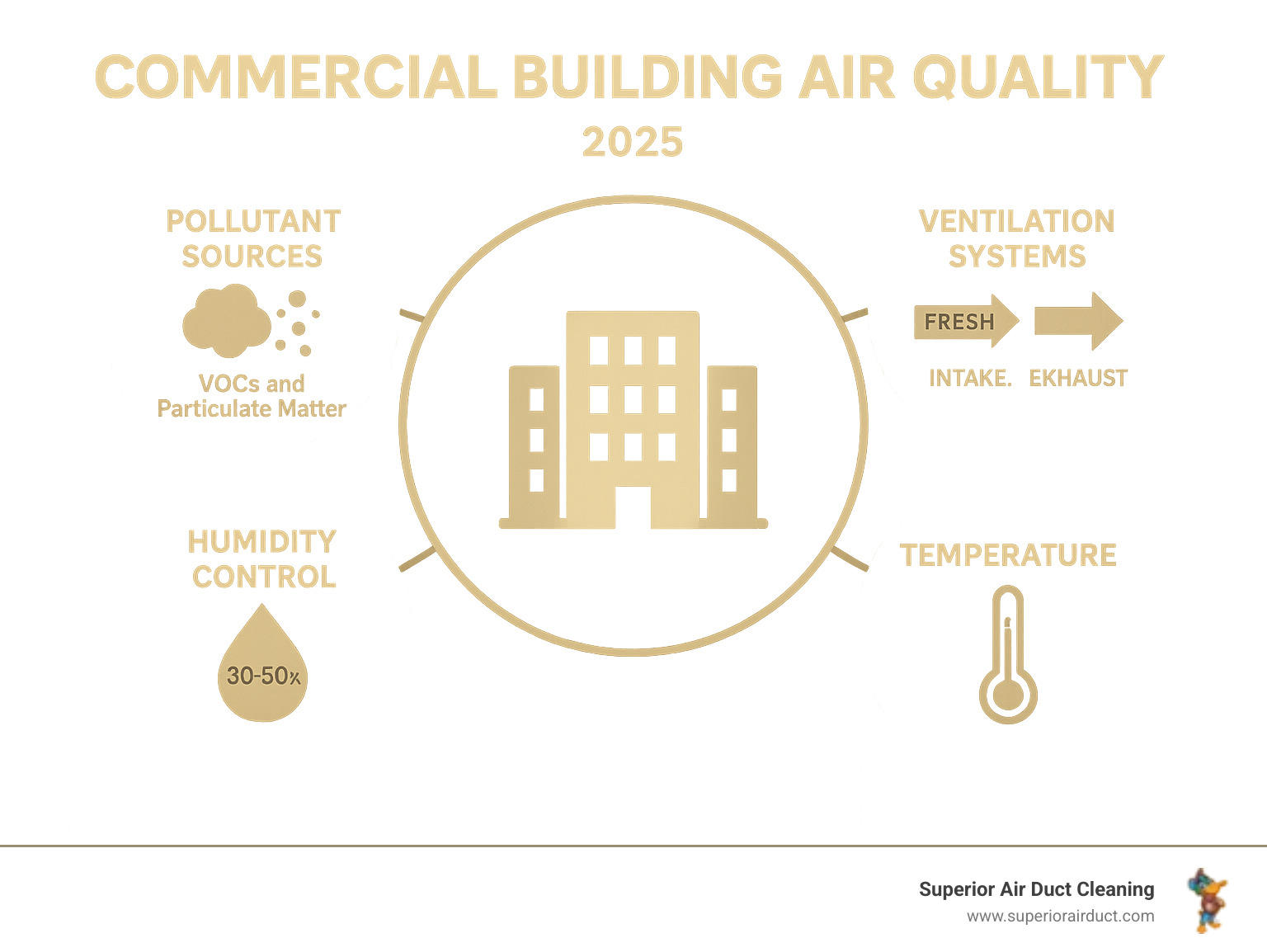
The Invisible Threat: How Poor Air Quality Impacts Health and Productivity
Poor commercial building air quality can lead to "Sick Building Syndrome," where occupants experience health issues directly linked to their time in the building. This invisible threat can significantly undermine productivity and well-being.
Studies have shown that poor air quality can reduce cognitive function. High CO2 levels, for example, can make it harder to concentrate and make decisions. This isn't just about comfort; it's about your business operating at its full potential. As detailed in How Dirty Ducts Affect Employee Productivity, even something as simple as contaminated ductwork can impact performance.
Common Symptoms and Long-Term Risks
Symptoms of poor indoor air quality often mimic common ailments, making them easy to overlook. Key indicators include:
- Headaches and Fatigue: Often the first signs, caused by the buildup of CO2 and chemical pollutants.
- Drowsiness and Brain Fog: Particularly noticeable in poorly ventilated meeting rooms.
- Eye, Nose, and Throat Irritation: Persistent scratchy throats, itchy eyes, and stuffy noses that improve when away from the building.
- Aggravated Allergies and Asthma: Airborne irritants like dust mites and mold spores can trigger severe reactions.
The concept of "sick building syndrome" describes this collection of symptoms. While individually minor, their combined effect on work performance is significant. Long-term exposure can lead to chronic respiratory issues and other serious health complications.
Understanding the Impact of Poor Commercial Building Air Quality on Your Bottom Line
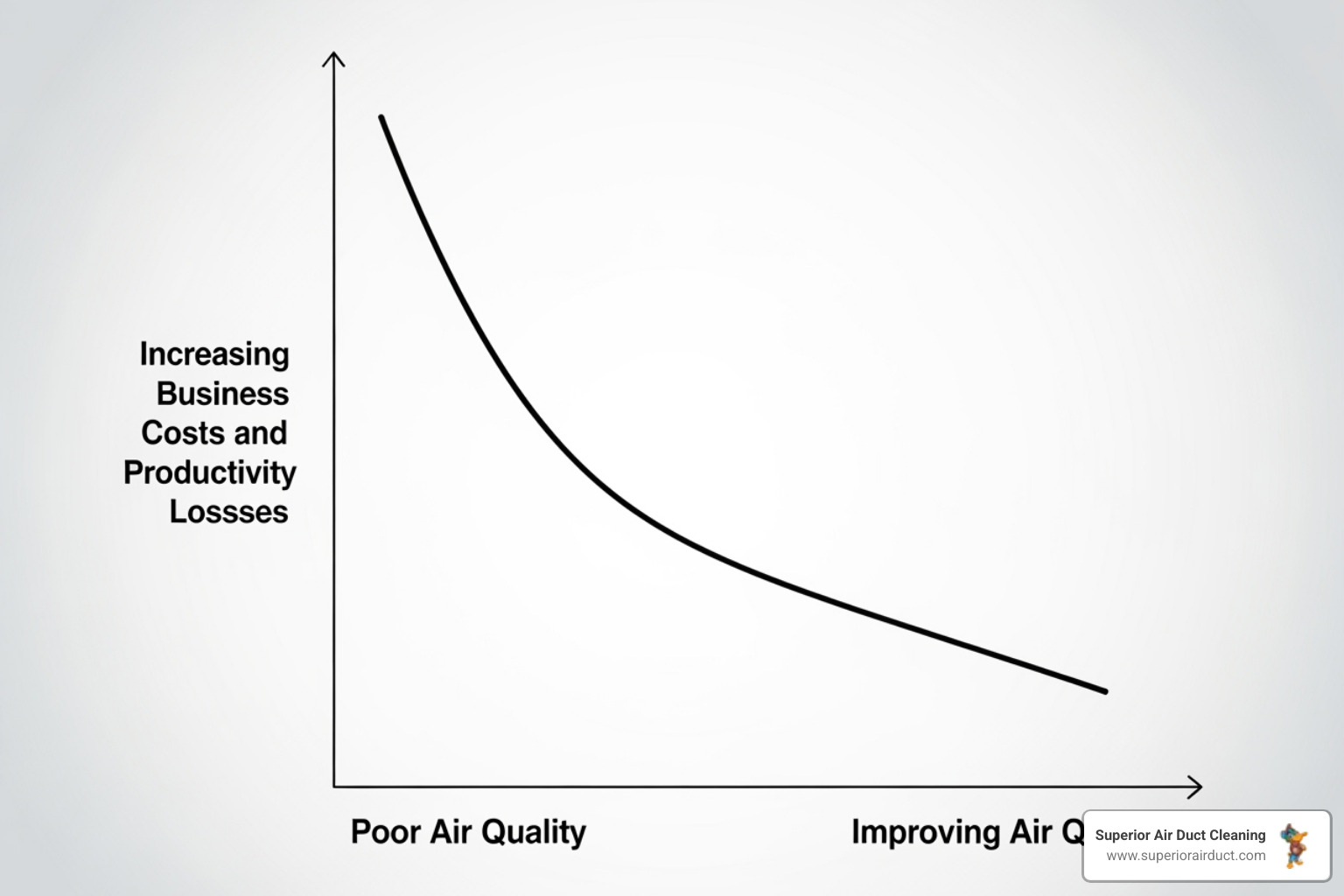
The financial impact of poor commercial building air quality is substantial. Key areas of concern include:
- Lost Productivity & Absenteeism: The EPA estimates poor indoor air costs businesses billions annually. When employees are unwell, productivity drops, and absenteeism rises, affecting the entire team.
- Increased Medical Costs: More health issues can lead to higher healthcare claims and insurance premiums.
- Employee & Tenant Retention: A healthy environment is crucial for retaining top talent and tenants. A building known for poor air quality can struggle to attract and keep people.
- HVAC System Strain: Dirty ductwork forces your HVAC system to work harder, increasing energy costs and shortening the equipment's lifespan.
Protect Your Business with Clean Ducts to safeguard both your people and your profits. Investing in clean air yields returns in productivity, satisfaction, and operational efficiency.
Identifying the Culprits: Common Sources of Indoor Air Pollution
To improve commercial building air quality, you first need to know what you're up against. Indoor air pollution is often a mix of contaminants from various sources.
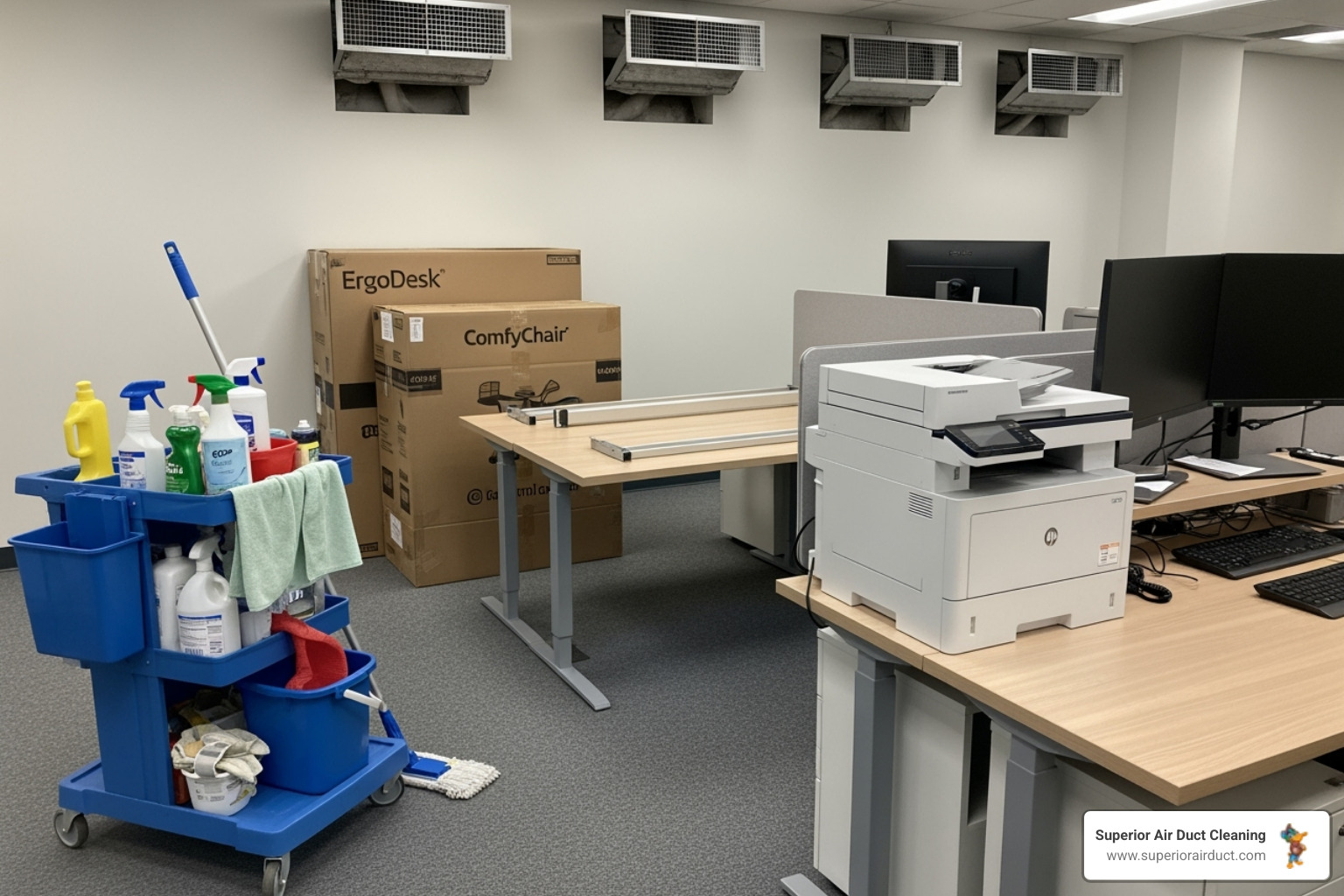
Key sources include:
- Building Materials & Furnishings: New carpets, paint, and furniture can release chemicals into the air.
- Occupant Activities: From the CO2 we exhale to the personal care products we use.
- Office Equipment: Printers and copiers can emit particles and ozone.
- Cleaning & Maintenance Products: Many cleaning agents contain volatile organic compounds (VOCs).
- HVAC Systems: If not properly maintained, systems can circulate dust and other contaminants.
- Outdoor Air Infiltration: Pollen, dust, and vehicle exhaust can enter from outside.
Chemical and Particulate Pollutants
Volatile Organic Compounds (VOCs) are gases released from products like cleaning supplies, furniture, and paints. Formaldehyde is a common VOC found in pressed wood products. These can cause headaches, eye irritation, and other health issues.
Particulate matter (PM), including dust, pollen, and soot, can also be a problem. Fine particles (PM2.5) are especially concerning as they can be inhaled deep into the lungs. Sources include office equipment, construction activities, and even smoke residue from clothing. Managing these pollutants requires a combination of source control, proper ventilation, and effective filtration, which is why regular duct cleaning is so important. Learn more about Commercial Duct Cleaning Benefits.
Biological Contaminants and Humidity's Role
Your building's air can also contain biological contaminants like mold, bacteria, viruses, and dust mites. These thrive in specific conditions, particularly when humidity levels are not properly controlled.
Humidity is a critical factor. High humidity (above 60%) encourages the growth of mold and dust mites, which can trigger allergies and respiratory problems. Low humidity (below 30%) can lead to dry eyes, irritated throats, and increased susceptibility to infections. The ideal range for indoor humidity is between 30% and 50%. Maintaining this balance is key to preventing biological contaminants from taking hold.
The CO2 Conundrum: Ventilation and Occupant Density
Carbon dioxide (CO2) is a natural byproduct of breathing, but in an enclosed space, it can become a key indicator of poor ventilation. As people exhale, CO2 levels rise. If fresh air isn't being circulated effectively, this buildup can lead to drowsiness, fatigue, and reduced cognitive function.
This is especially true in high-density areas like conference rooms, classrooms, and open-plan offices. When CO2 levels are high, it's a sign that other airborne pollutants are also accumulating. Proper ventilation is the solution, ensuring a constant supply of fresh air to dilute and remove contaminants. For more on this, see our guide on Duct Cleaning for Workplace Health.
A Proactive Approach to Managing Commercial Building Air Quality
A proactive approach to commercial building air quality is essential. Rather than waiting for complaints, a comprehensive plan that combines smart technology with regular maintenance can prevent issues before they arise. The three pillars of proactive IAQ management are source control, effective ventilation, and superior filtration through proper HVAC maintenance and cleaning. When these work together, they create a healthier and more productive environment.
Improve IAQ with Commercial Duct Cleaning
Optimizing Your HVAC System for Cleaner Air
Your HVAC system is your building's respiratory system. Keeping it clean and efficient is fundamental to good air quality.
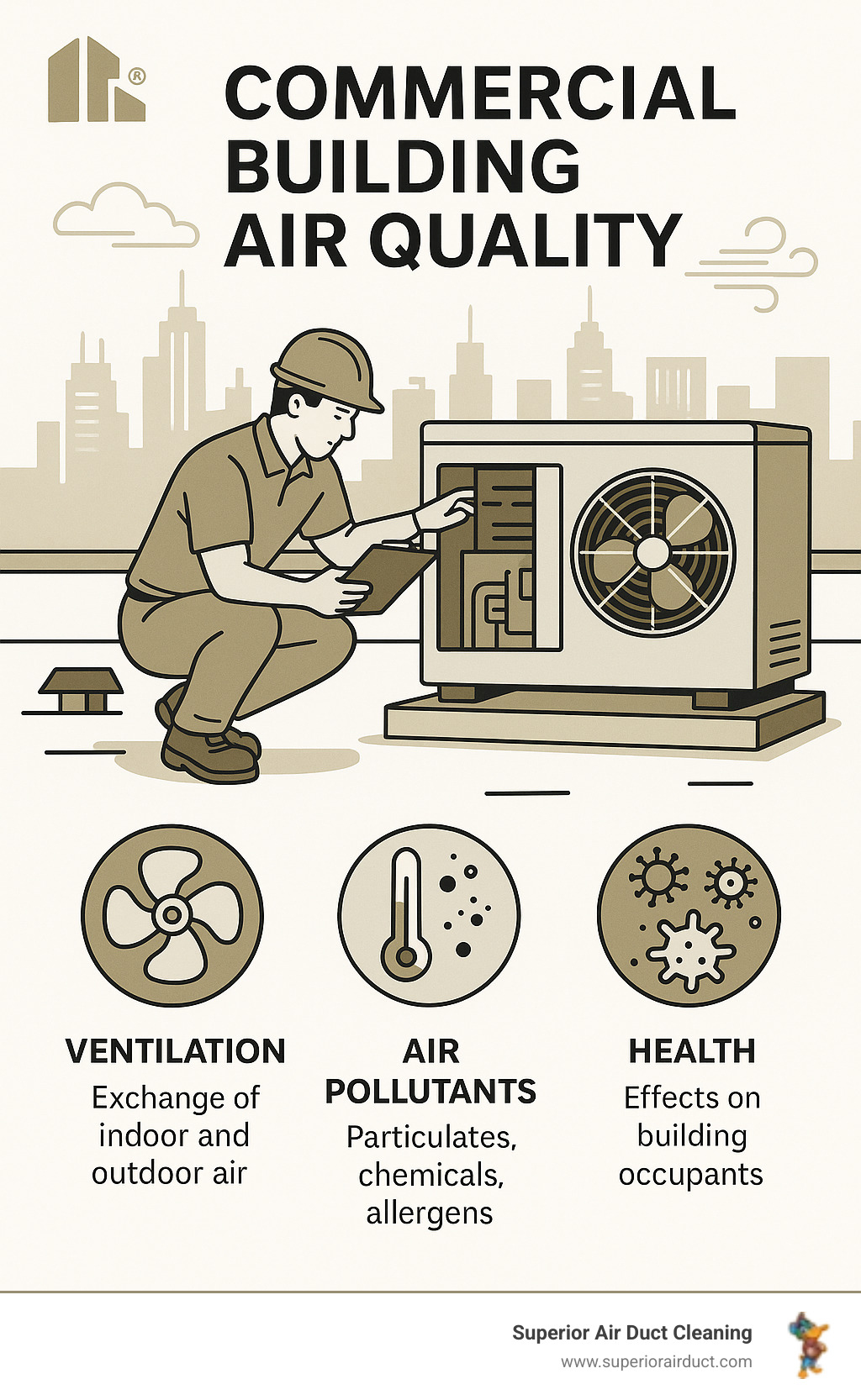
- Regular Maintenance & Duct Cleaning: ASHRAE recommends regular ductwork inspections. Over time, ducts accumulate dust, pollen, and debris that gets blown around your building. Professional duct cleaning removes these contaminants, ensuring the air you breathe is truly clean.
- Proper Ventilation: Your HVAC system must bring in enough outdoor air to dilute indoor pollutants without wasting energy. Ventilation rates should be adjusted based on occupancy levels.
- Effective Filtration: Filters are rated using the Minimum Efficiency Reporting Value (MERV) scale. A higher MERV rating means better filtration. Most commercial buildings use MERV 8 to MERV 13 filters. It's crucial to change filters regularly, as a clogged filter restricts airflow and reduces efficiency.
Commercial Duct Cleaning in Pittsburgh, PA
The Role of Air Quality Monitoring and Assessment
Modern IAQ monitors provide real-time data on key air quality indicators:
- Carbon Dioxide (CO2): Indicates if ventilation is adequate.
- Particulate Matter (PM): Measures dust, pollen, and other airborne particles.
- Volatile Organic Compounds (VOCs): Detects chemical vapors from furniture, cleaning products, and equipment.
- Temperature and Humidity: Crucial for both comfort and controlling mold growth.
Using this data, you can identify patterns and make targeted improvements. For example, if CO2 levels spike in a conference room during meetings, you know to increase ventilation in that area. While continuous monitoring is helpful, periodic professional assessments can provide a deeper analysis and customized recommendations for your building.
Office Air Quality in Cranberry Township
Key Considerations for Your Commercial Building Air Quality Strategy
An effective IAQ strategy focuses on prevention. Here are some key considerations:
- Source Control: Choose low-VOC building materials and furnishings to minimize chemical off-gassing.
- Green Cleaning: Use eco-friendly cleaning products and schedule intensive cleaning for off-hours.
- Occupant Education: Encourage staff to keep air vents clear, report spills promptly, and follow building policies.
- Humidity Management: Maintain indoor humidity between 30-50% to prevent mold growth and ensure comfort.
- Preventive Maintenance: Regular duct cleaning, filter changes, and HVAC tune-ups are essential for long-term air quality.
For specialized environments like schools and universities, a custom approach is critical. Air Duct Cleaning for Universities & Schools
Navigating the Maze: IAQ Standards and Regulatory Compliance
Understanding the legal and regulatory landscape surrounding commercial building air quality can feel like navigating a maze. In the United States, the Occupational Safety and Health Administration (OSHA) requires employers to provide a workplace free from recognized hazards, which includes poor air quality. While there isn't a single, all-encompassing federal IAQ law, OSHA's standards on ventilation and air contaminants provide a baseline for compliance.
Beyond government regulations, industry organizations set the standard for best practices:
- ASHRAE (American Society of Heating, Refrigerating and Air-Conditioning Engineers): Their Standard 62.1 is the go-to guide for ventilation and acceptable indoor air quality, outlining minimum ventilation rates to protect occupant health.
- LEED (Leadership in Energy and Environmental Design): This green building certification program awards points for superior indoor environmental quality, including low-emitting materials and improved ventilation.
- WELL Building Standard: This standard focuses on human health and well-being within buildings, with stringent criteria for air quality, including filtration and contaminant reduction.
Following these guidelines helps businesses in Pennsylvania, Ohio, and West Virginia create healthier indoor spaces. Our services, including professional duct cleaning, align with these best practices by ensuring the foundational element of clean airflow within your HVAC system.
Commercial Duct Cleaning in Youngstown, OH
Frequently Asked Questions about Commercial Air Quality
Here are answers to some common questions we receive from business owners and facility managers across Pennsylvania, Ohio, and West Virginia.
How often should commercial air ducts be cleaned?
While a general guideline is every 3 to 5 years, the ideal frequency depends on your facility. High-traffic environments like hospitals, schools, or manufacturing plants may need cleaning every 1 to 3 years. Factors like recent renovations, water damage, or high occupant density can also increase the need for more frequent cleaning. A professional inspection is the best way to determine a schedule custom to your building's specific needs.
What is the difference between air purification and ventilation?
Think of it this way: ventilation brings fresh air in, while purification cleans the air that's already there.
- Ventilation is the process of introducing outdoor air to dilute and displace indoor pollutants. It's about air exchange.
- Air purification involves removing contaminants from the air, often through filtration systems. Clean ductwork is a key part of this, ensuring that filtered air isn't re-contaminated before it reaches you.
Both are essential for maintaining high-quality indoor air.
Can occupants do anything to improve air quality?
Yes! Occupants play a crucial role. Simple actions can make a big difference:
- Don't block air vents or grilles. This ensures proper airflow.
- Report spills and leaks immediately. Quick action prevents mold growth.
- Follow building policies regarding smoking and the use of strong fragrances.
- Communicate. If you notice persistent odors or stuffiness, inform your building manager. Early detection can prevent larger issues.
Conclusion
Maintaining high commercial building air quality is a crucial, ongoing commitment. Poor indoor air, filled with pollutants from building materials, cleaning products, and inadequate ventilation, can negatively impact employee health, productivity, and your bottom line.
However, achieving excellent air quality is entirely possible. A proactive approach that includes regular HVAC maintenance, proper filtration, and professional duct cleaning forms the foundation of a healthy indoor environment. By controlling pollutant sources and ensuring adequate ventilation, you can create a workspace where people feel energized and focused.
Investing in clean air is an investment in your people and your business. It leads to fewer sick days, higher morale, and improved performance. A comprehensive IAQ plan is essential for any commercial property, from offices and schools to hospitals and retail spaces. For expert assessment and cleaning of your building's ductwork, trust the certified professionals. We are committed to helping commercial facilities across Pennsylvania, Ohio, and West Virginia breathe easier—because when your building's air is clean, everyone benefits.

Customer Reviews




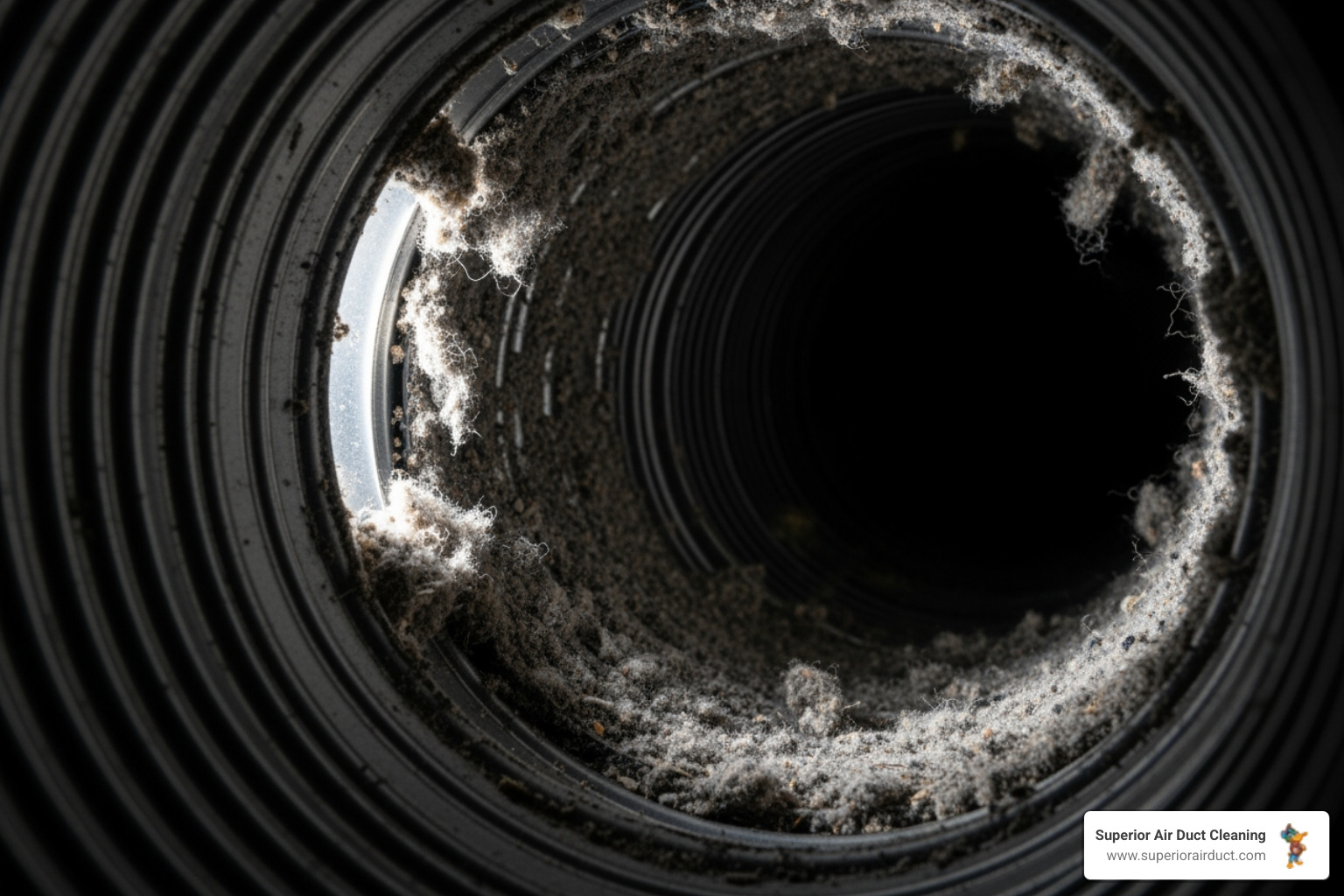
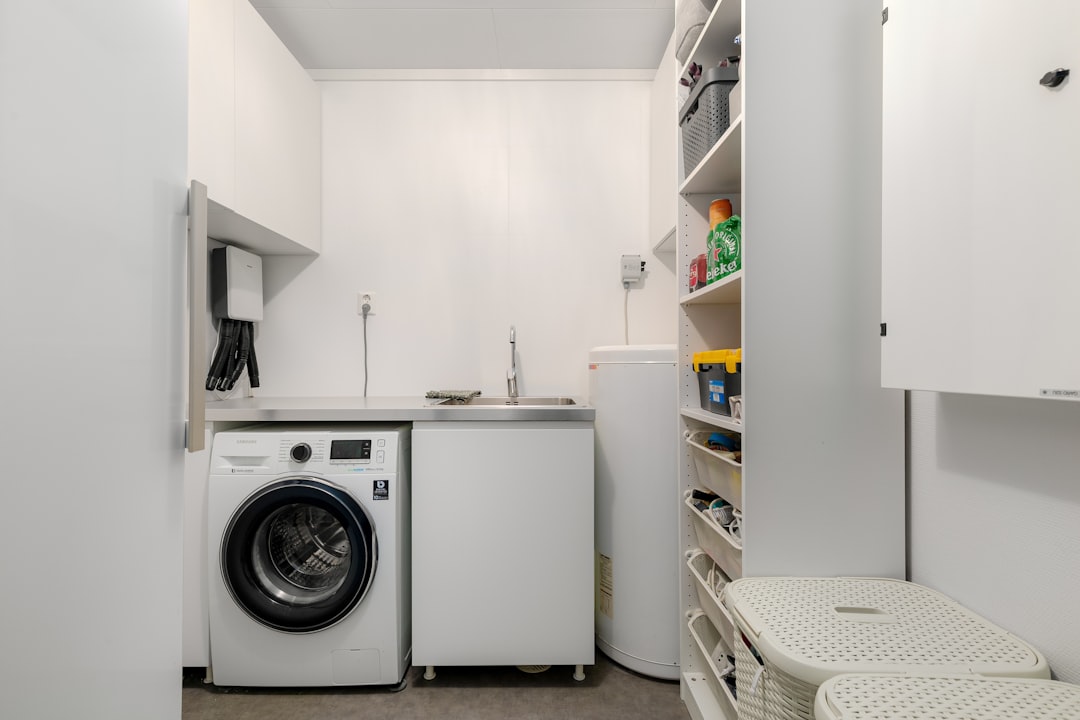
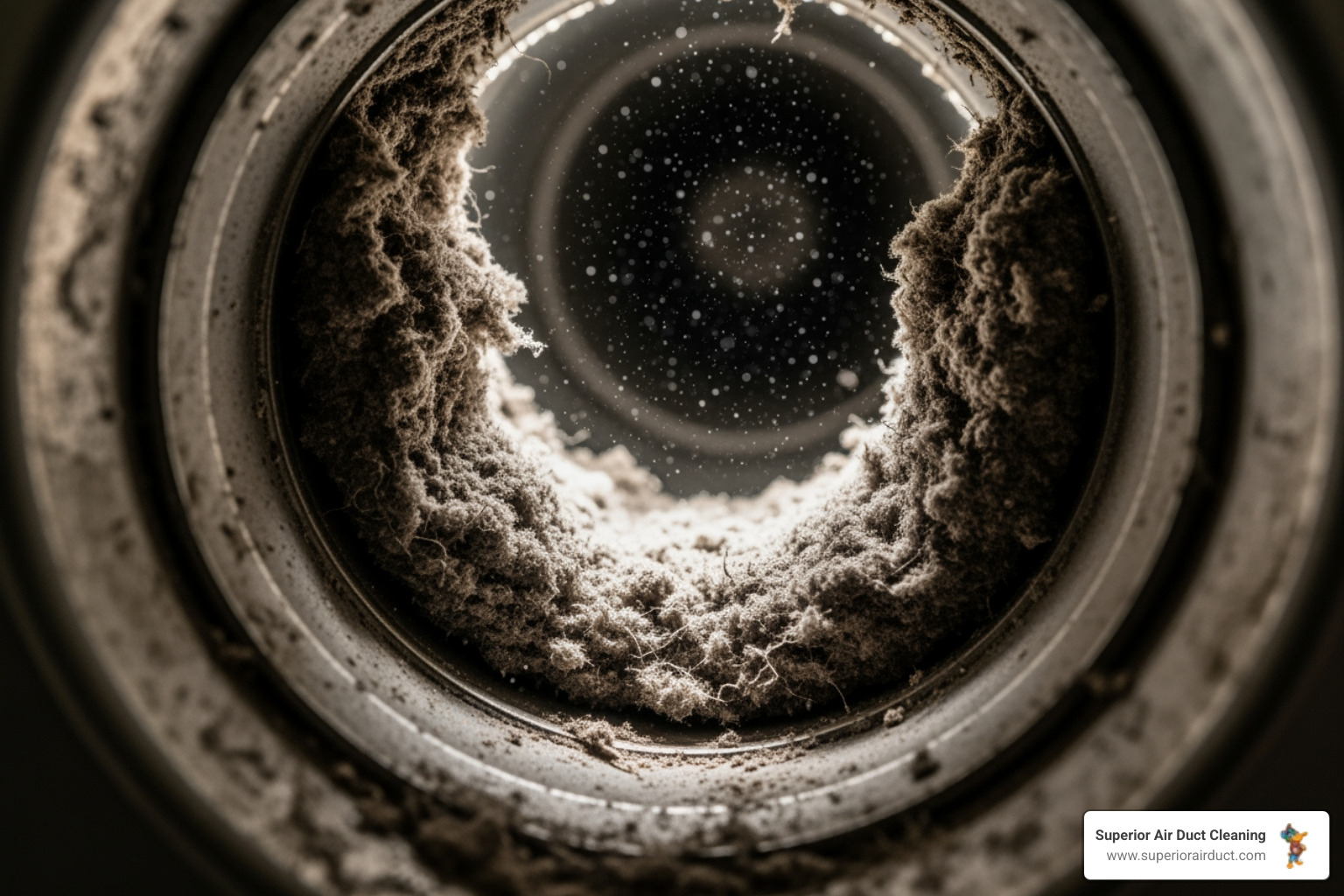
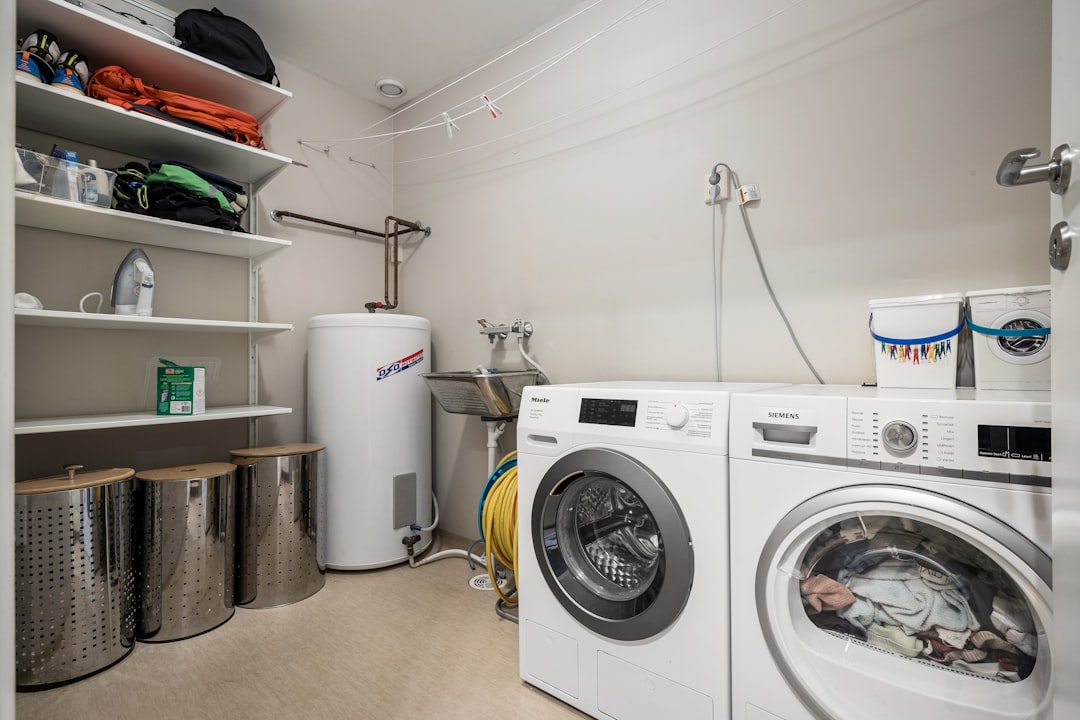
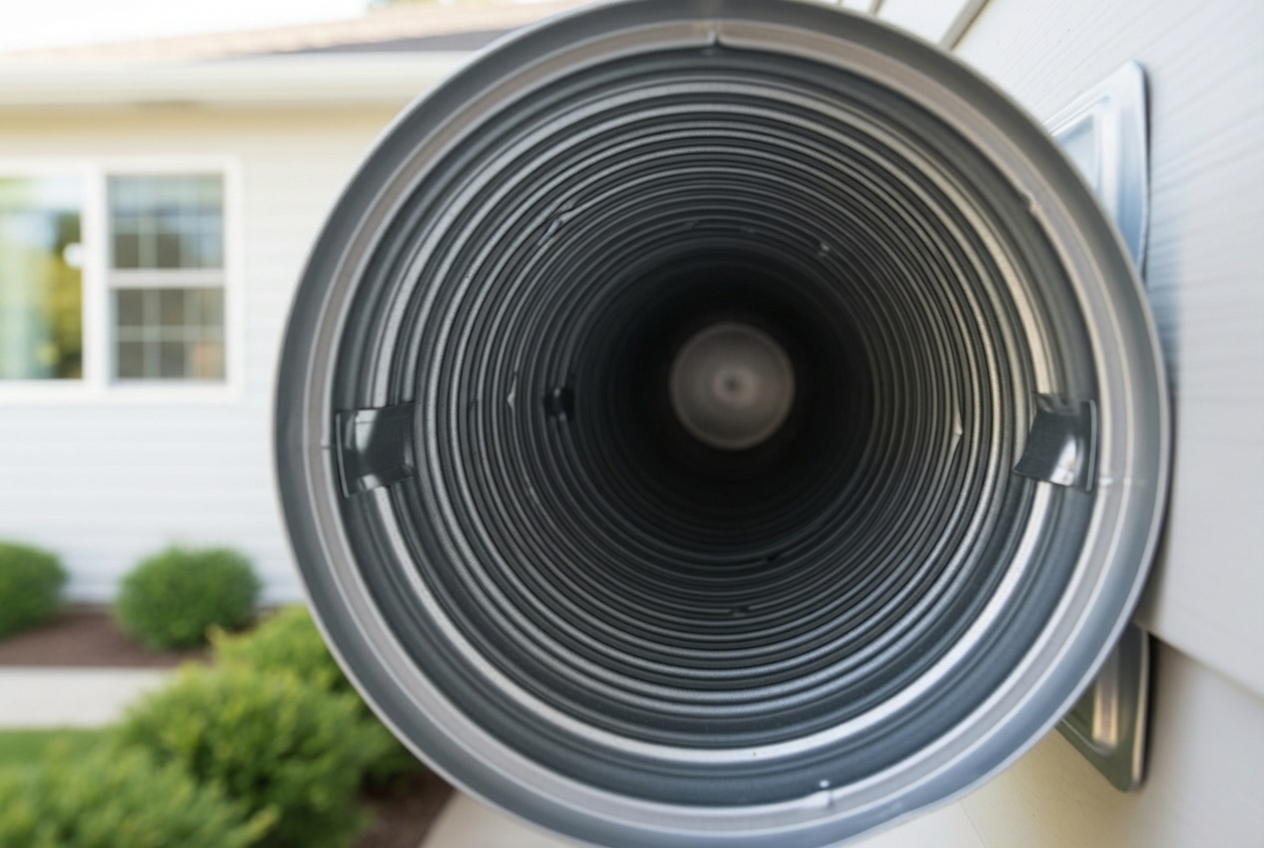
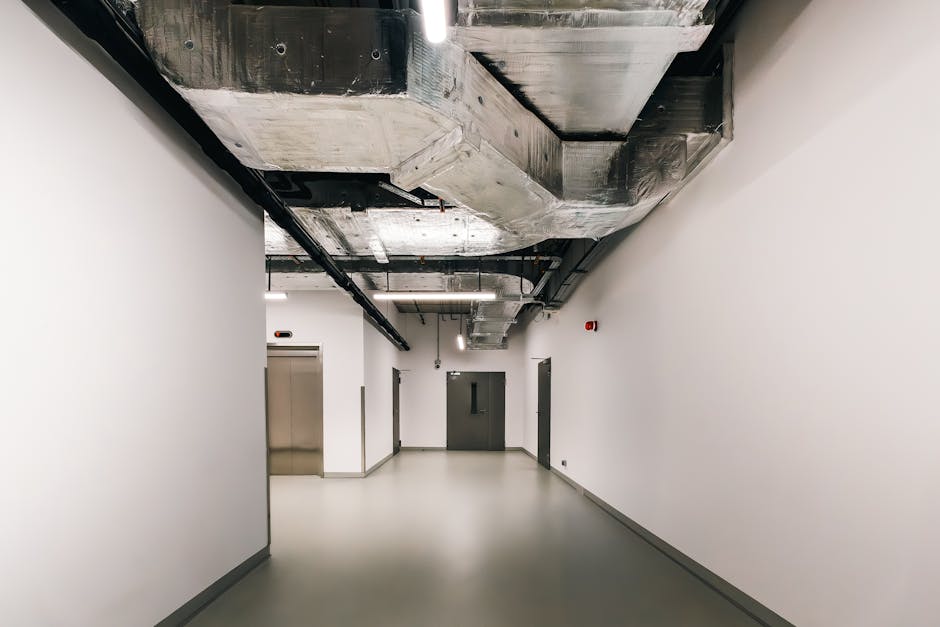
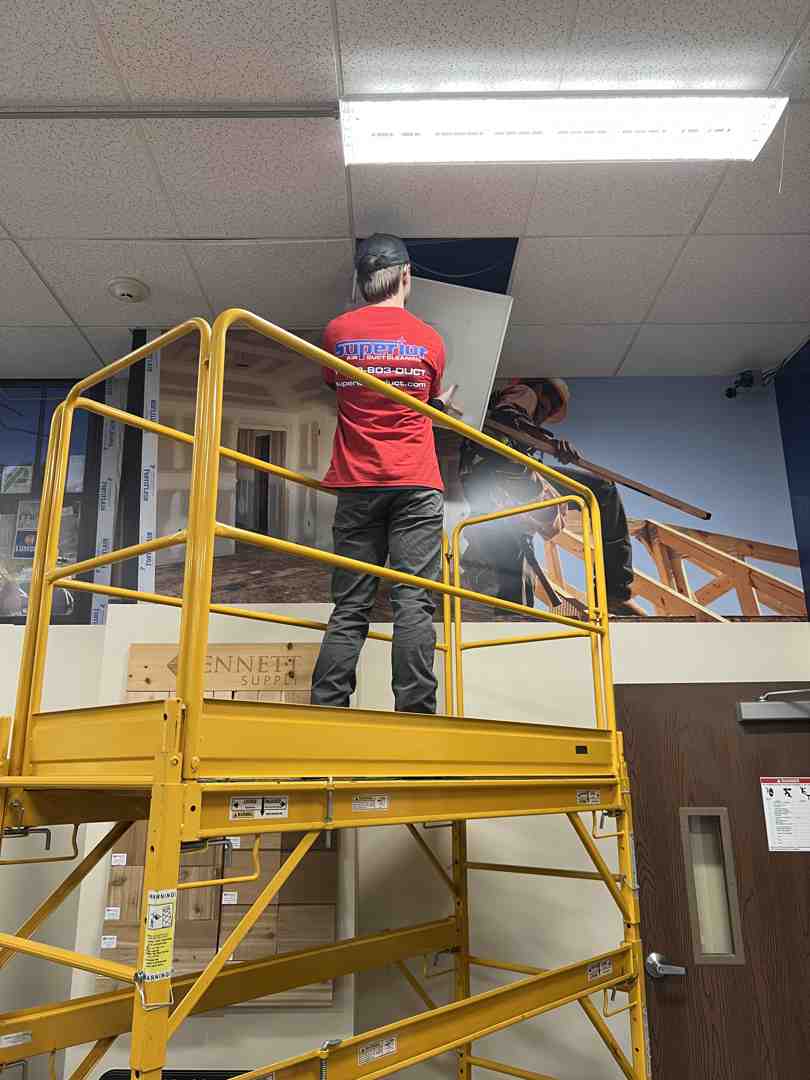
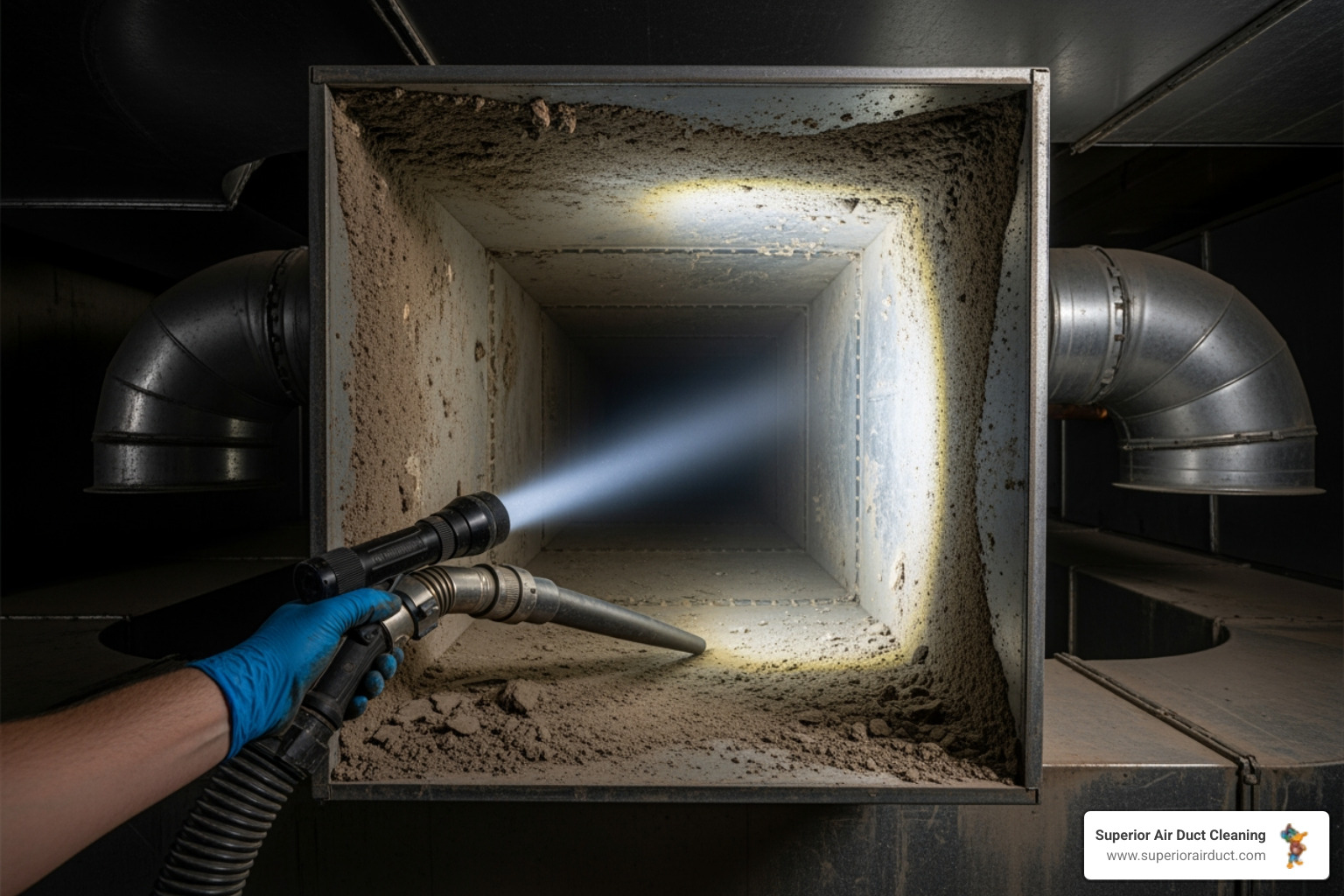


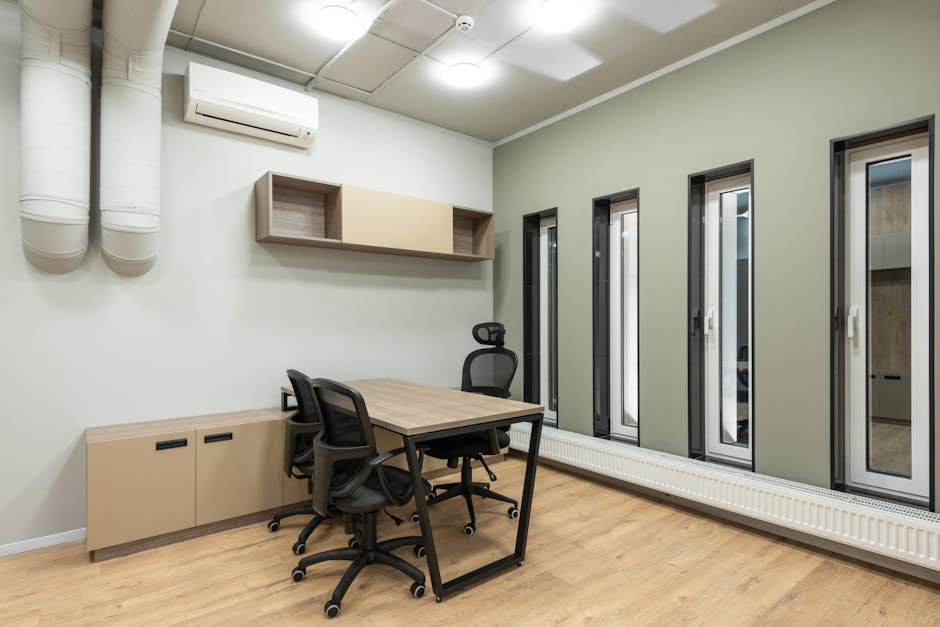

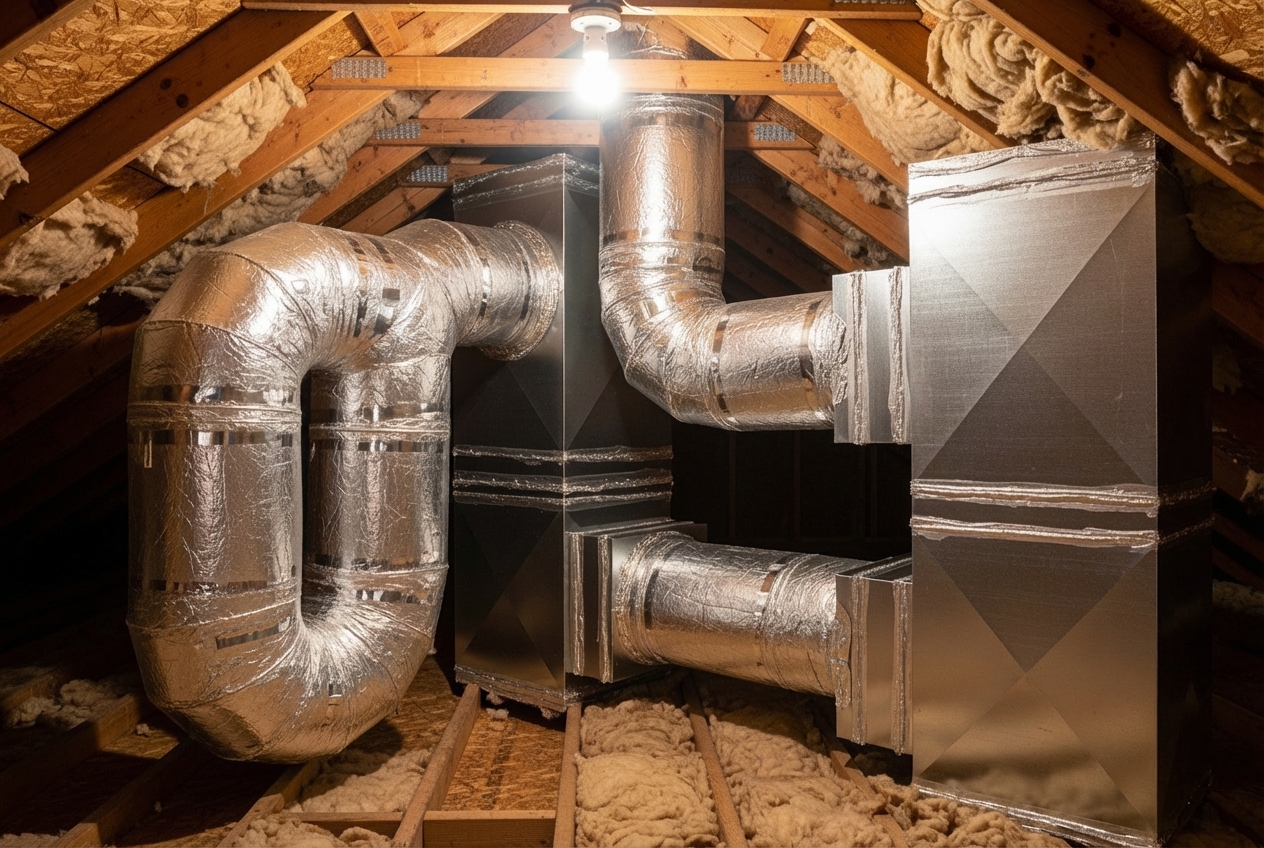
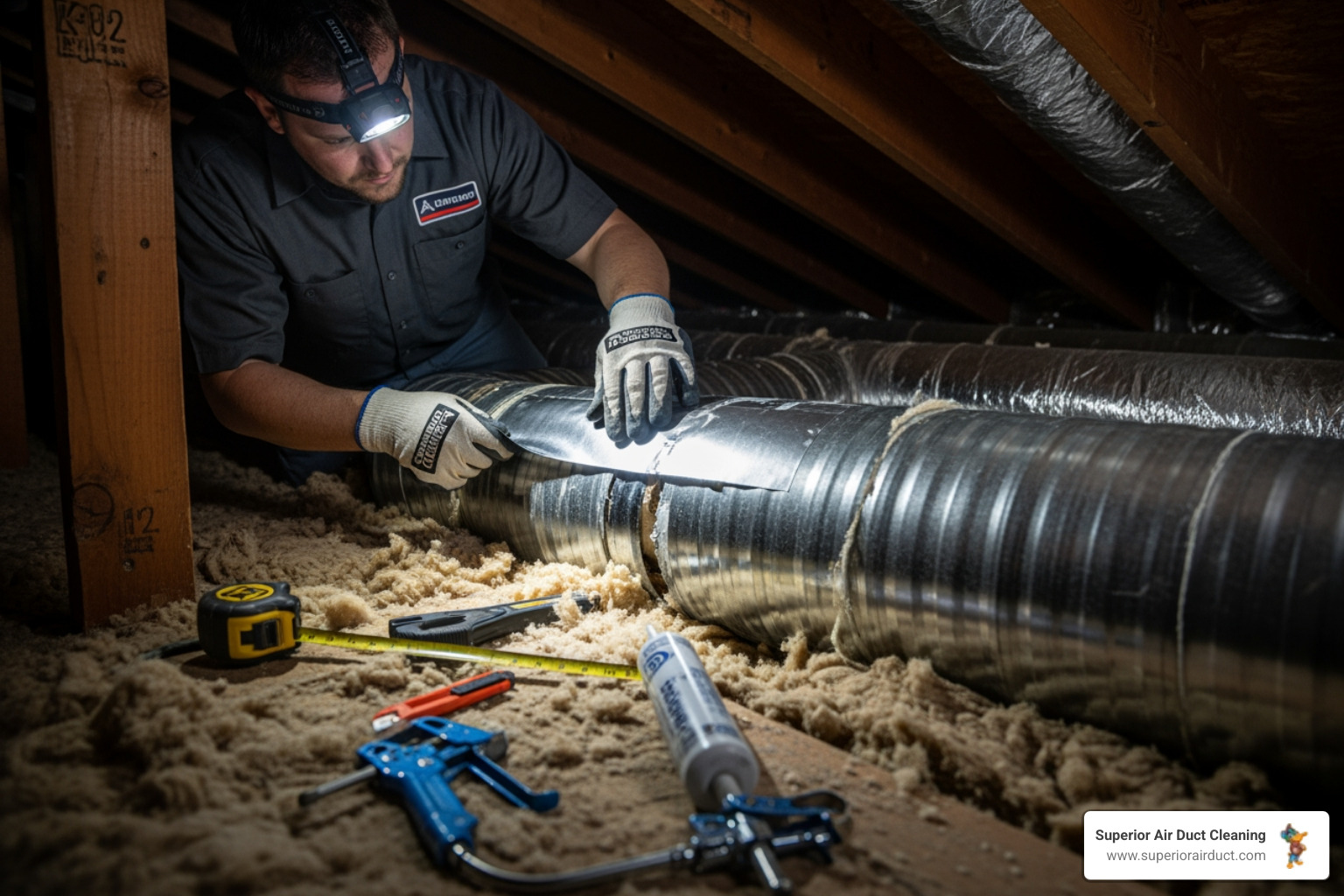
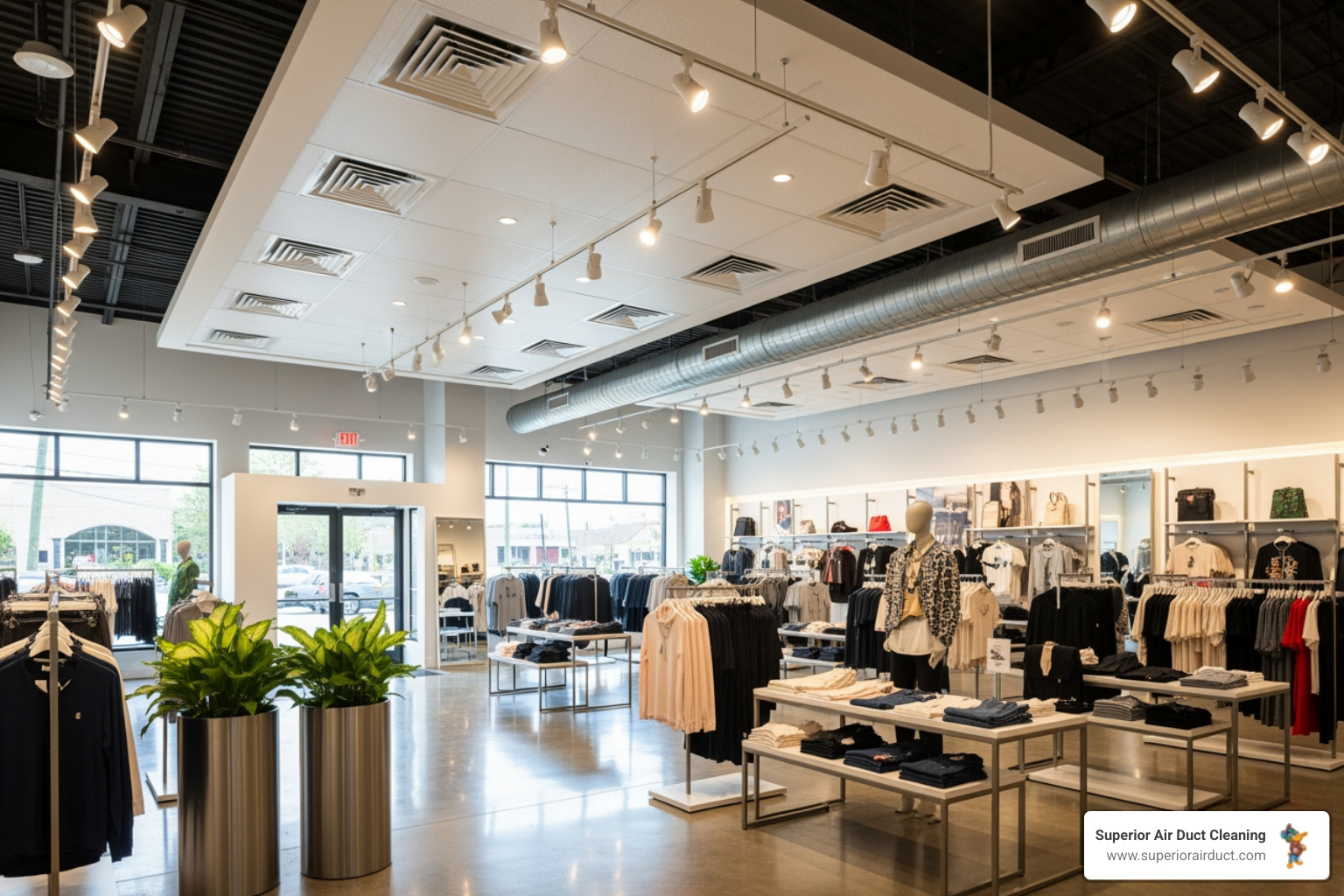
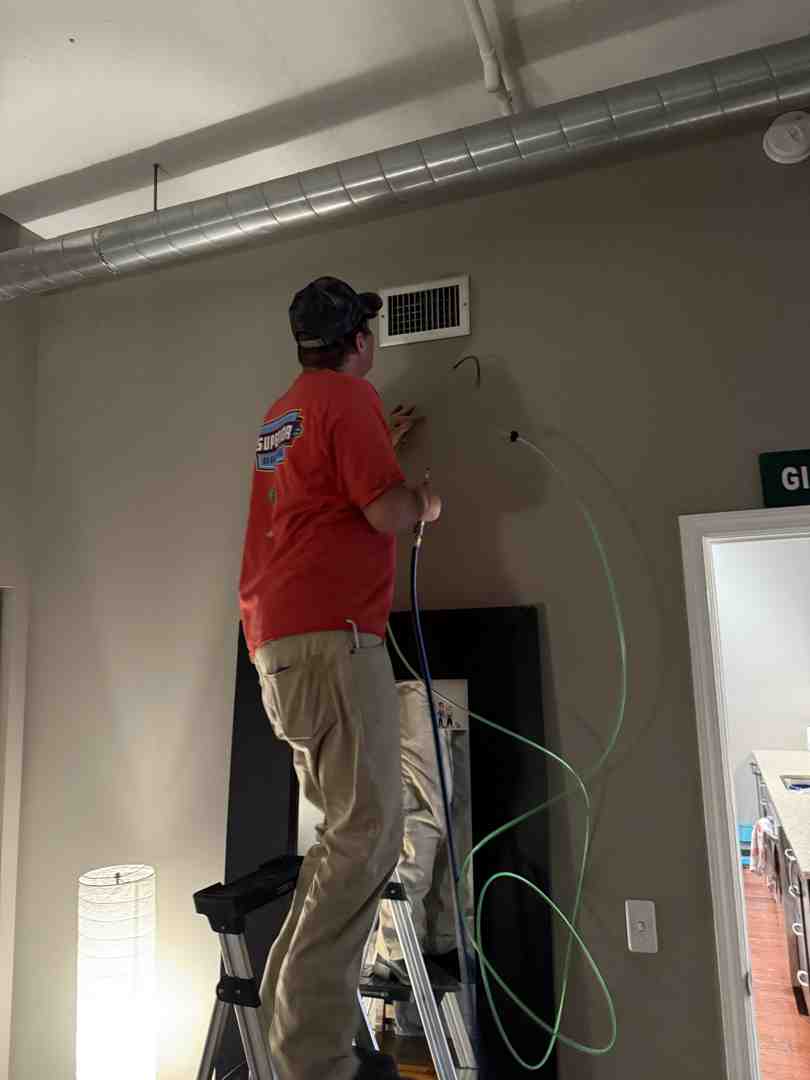




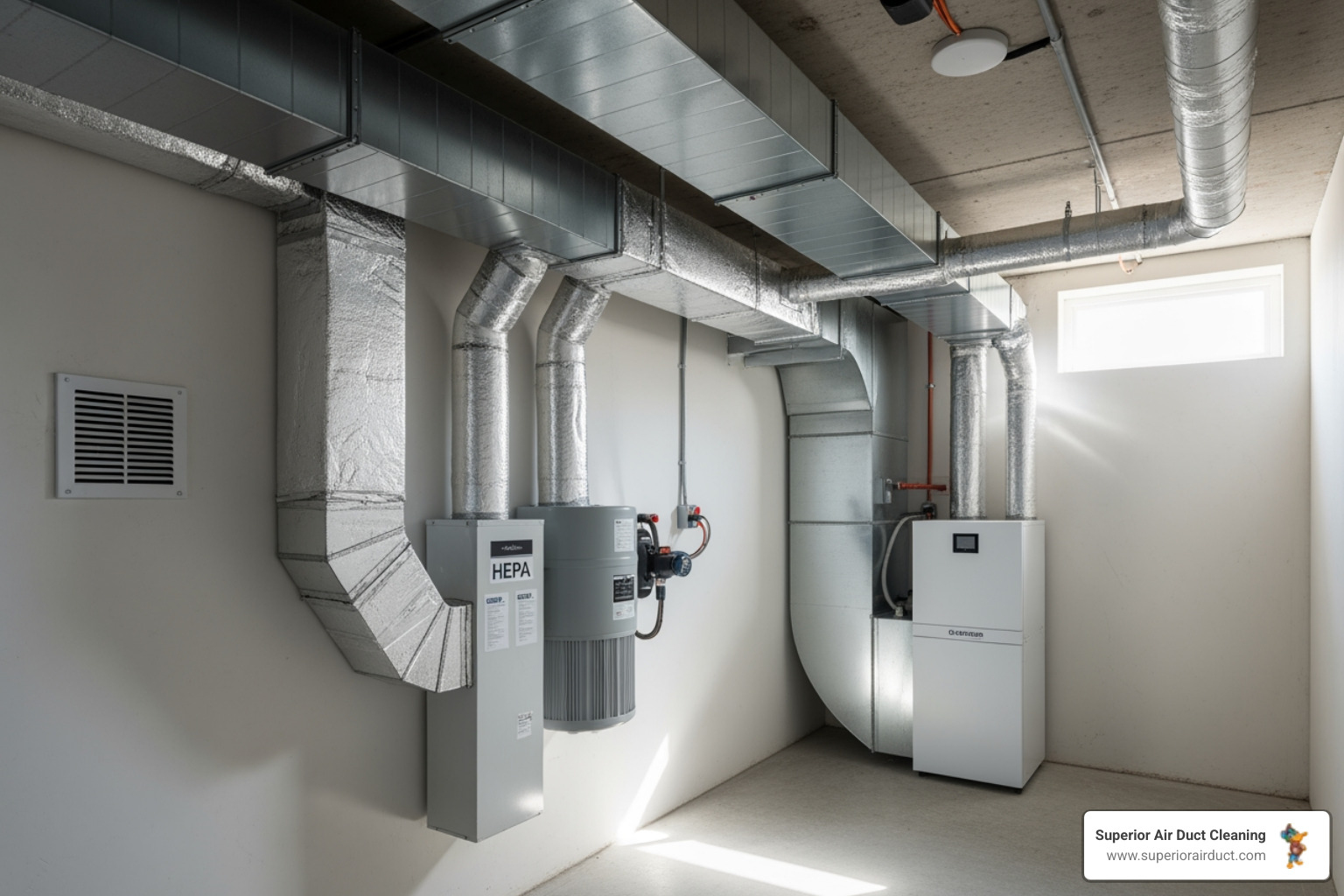
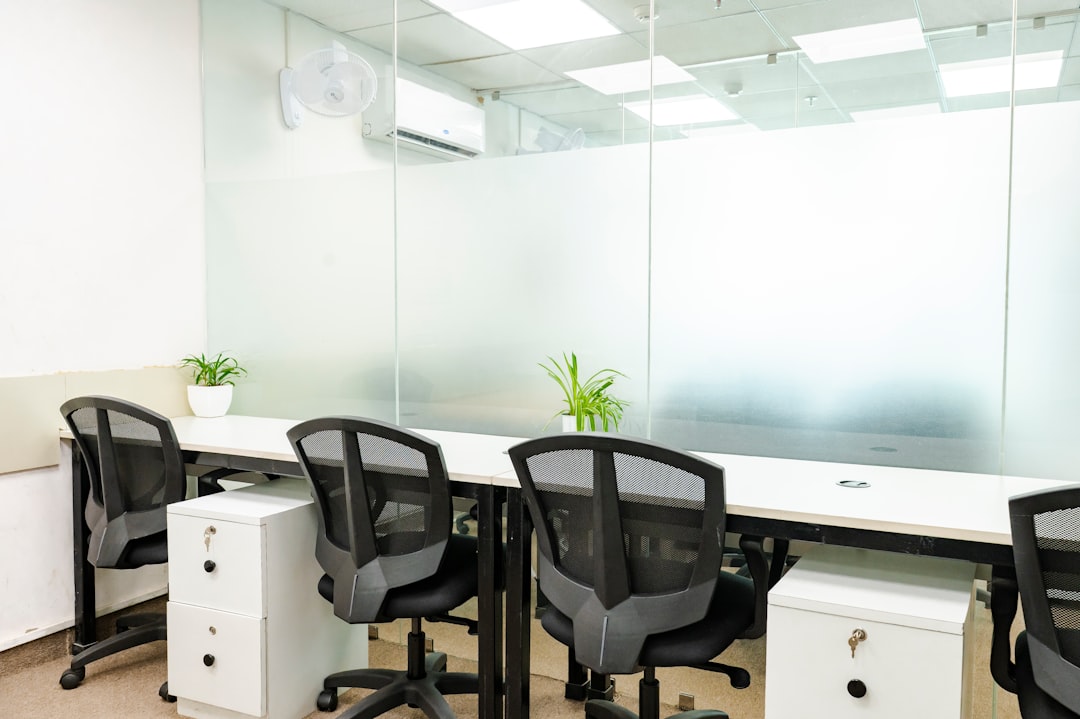
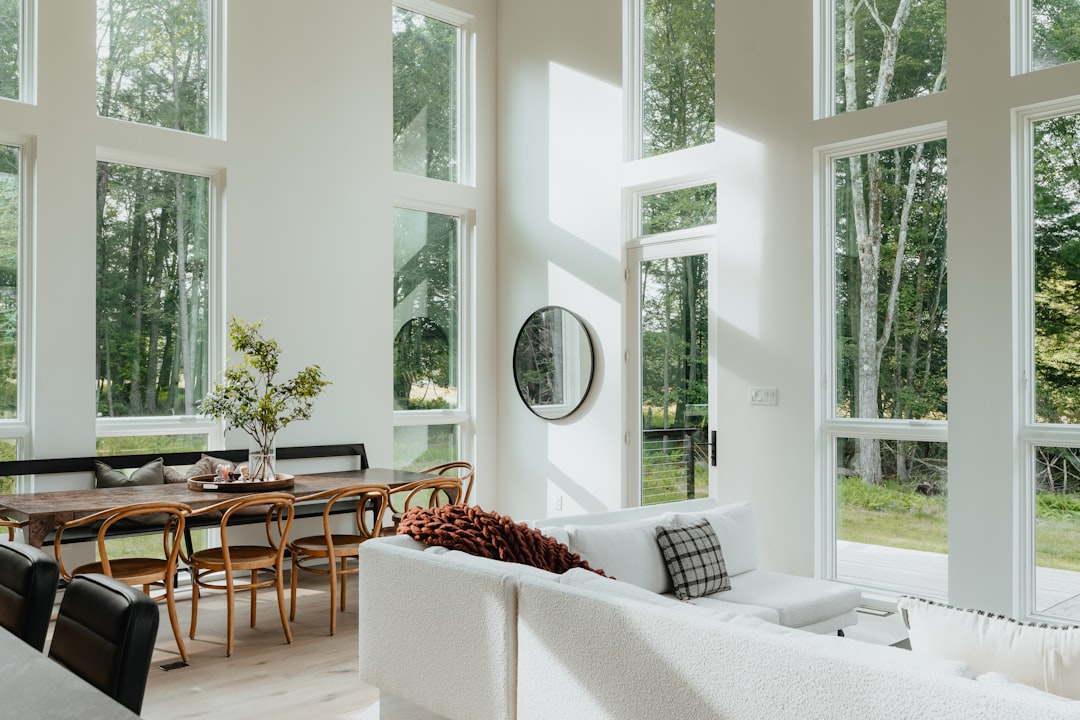




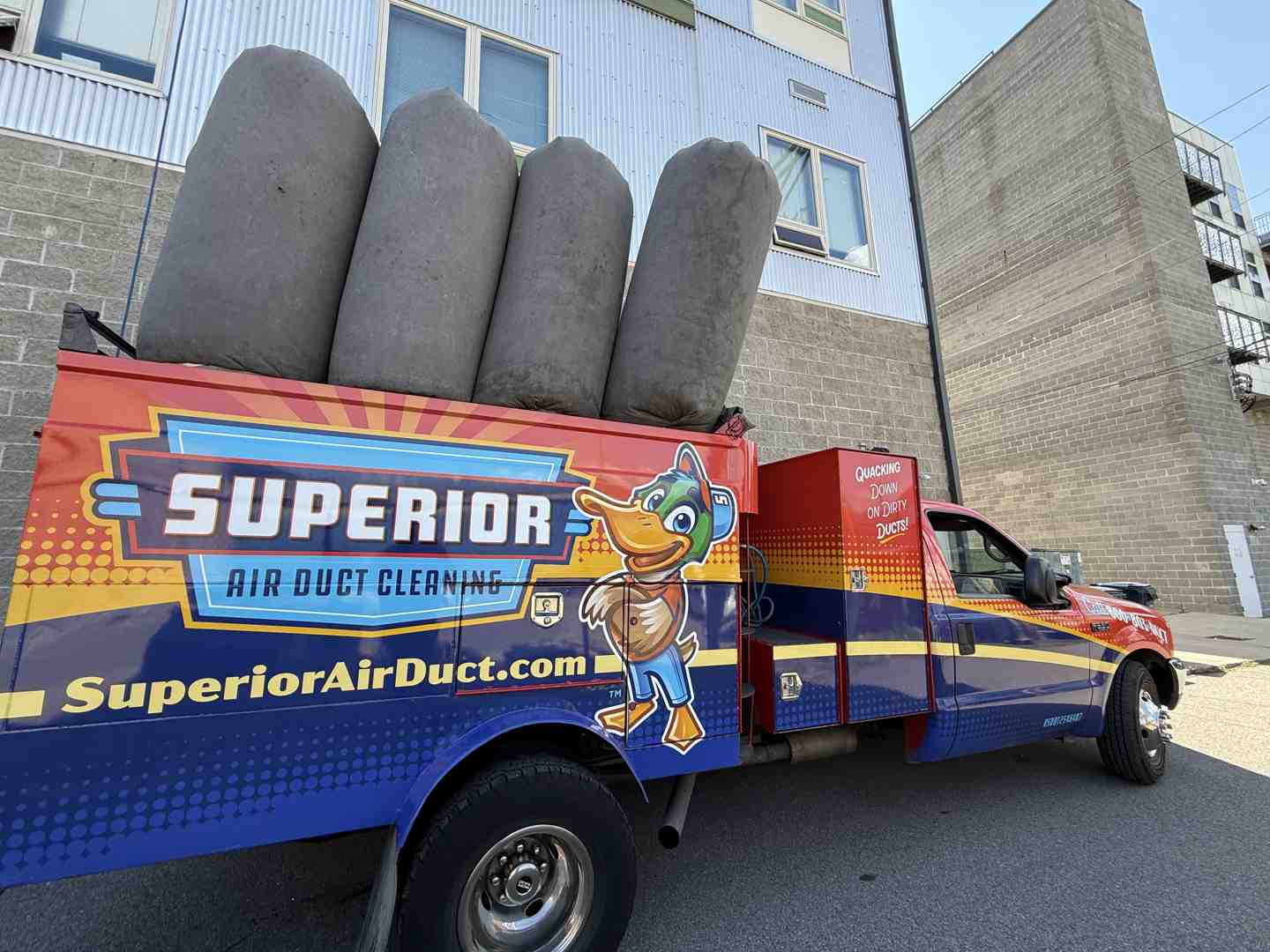

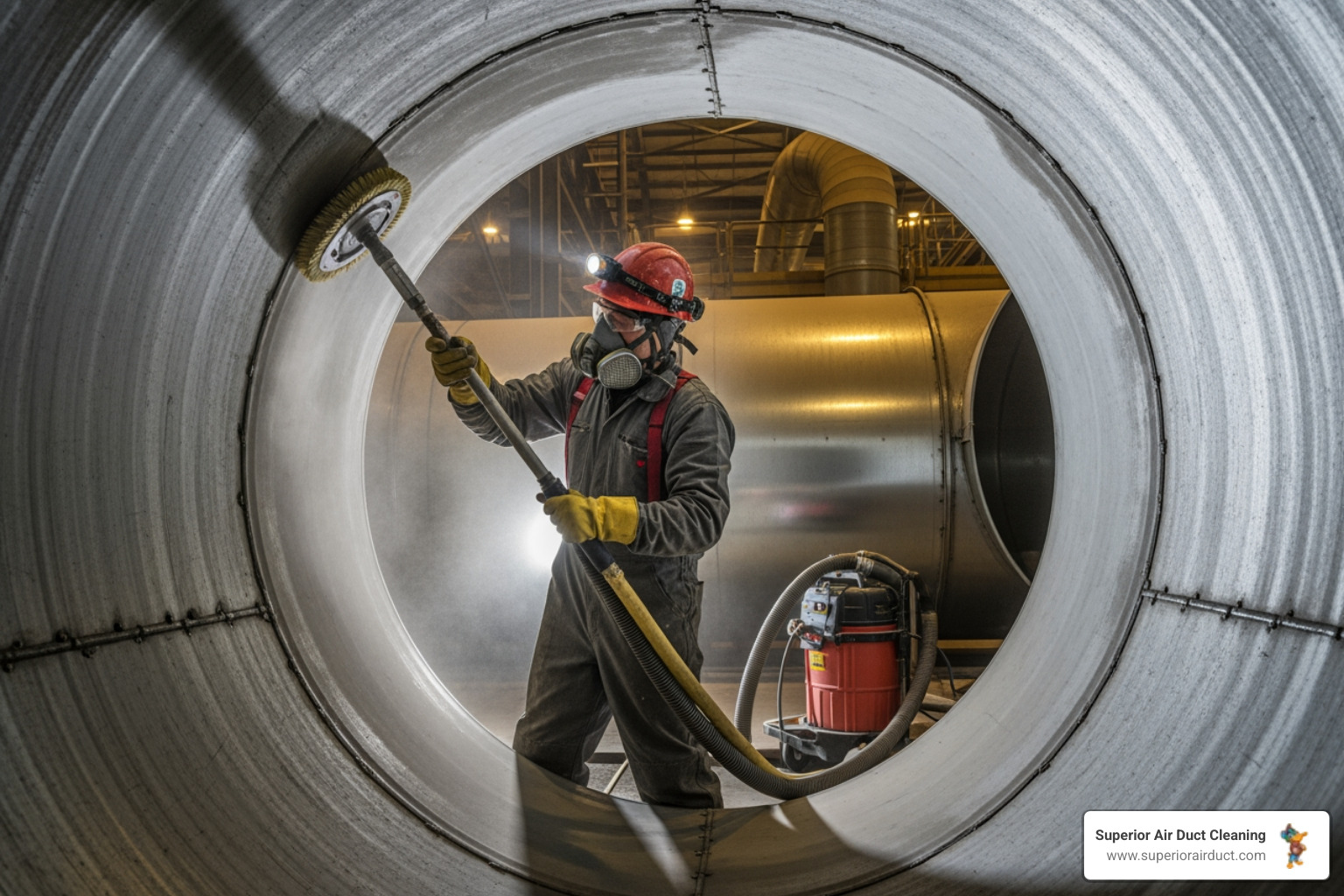


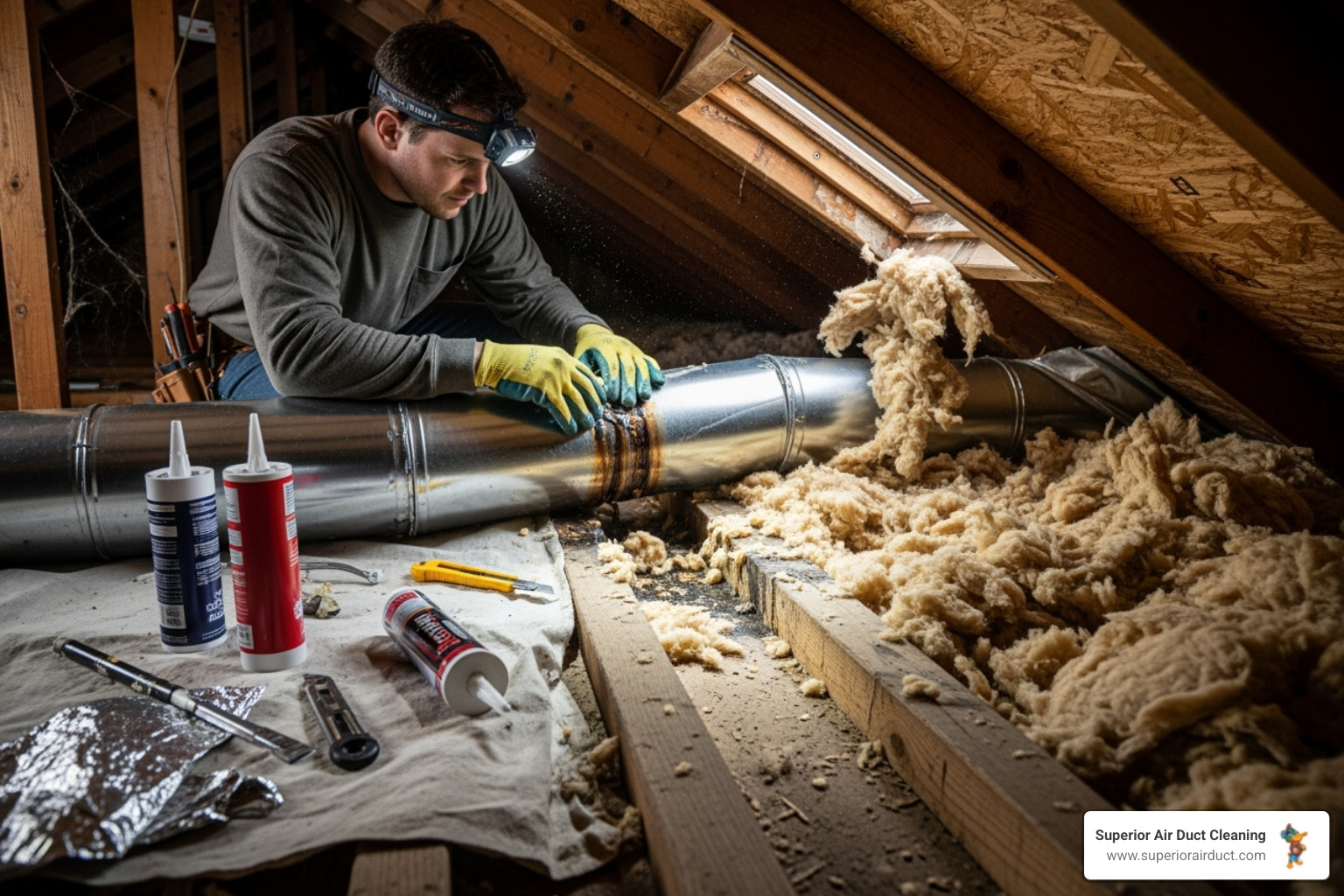
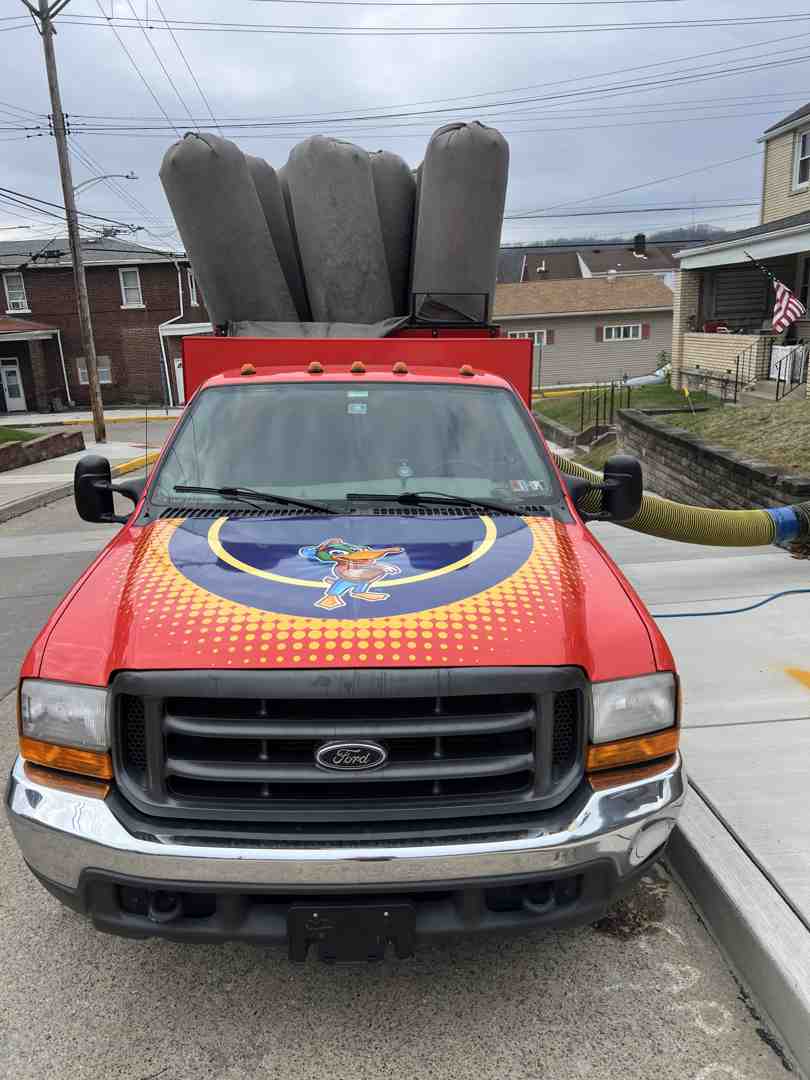

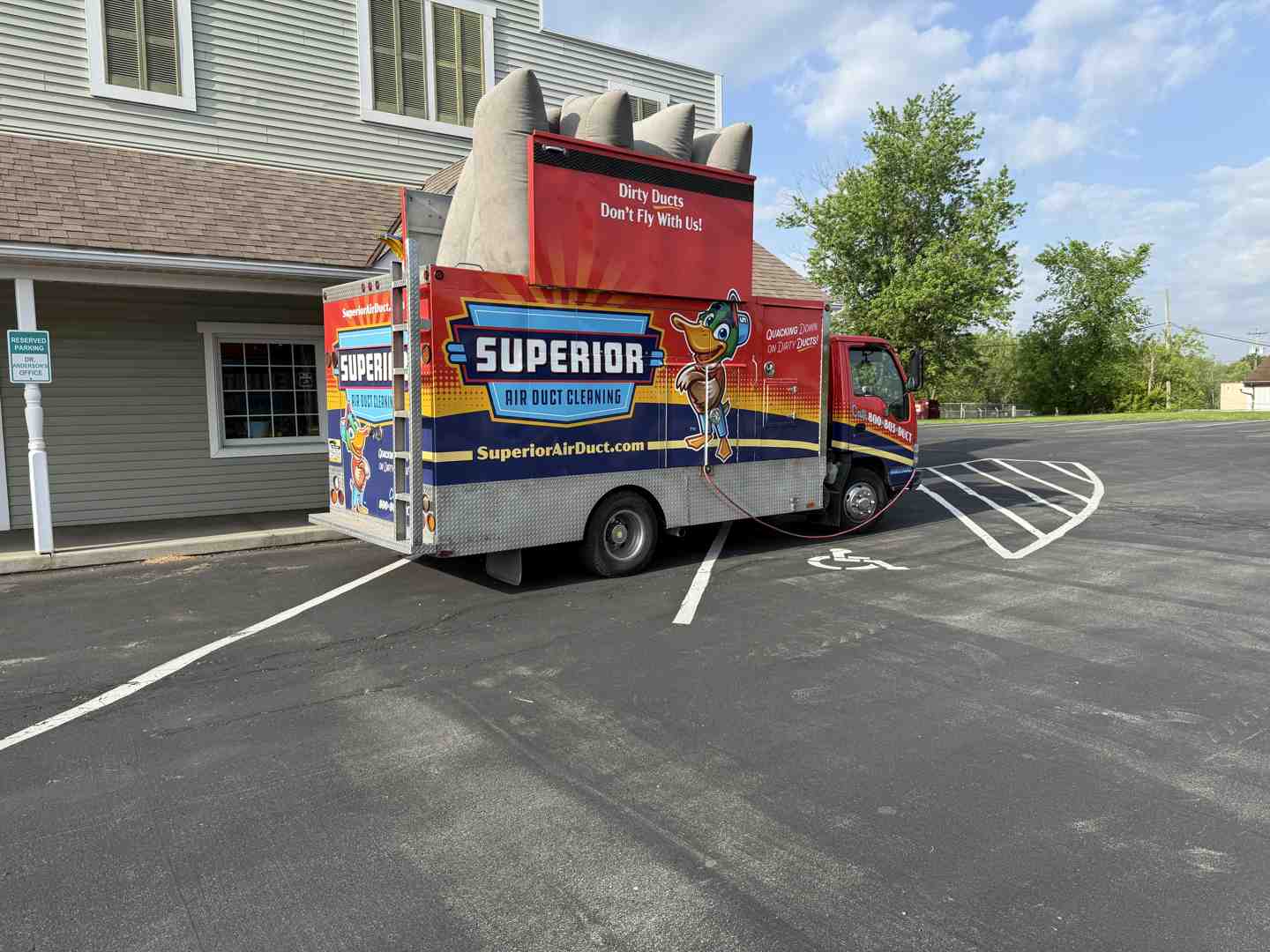


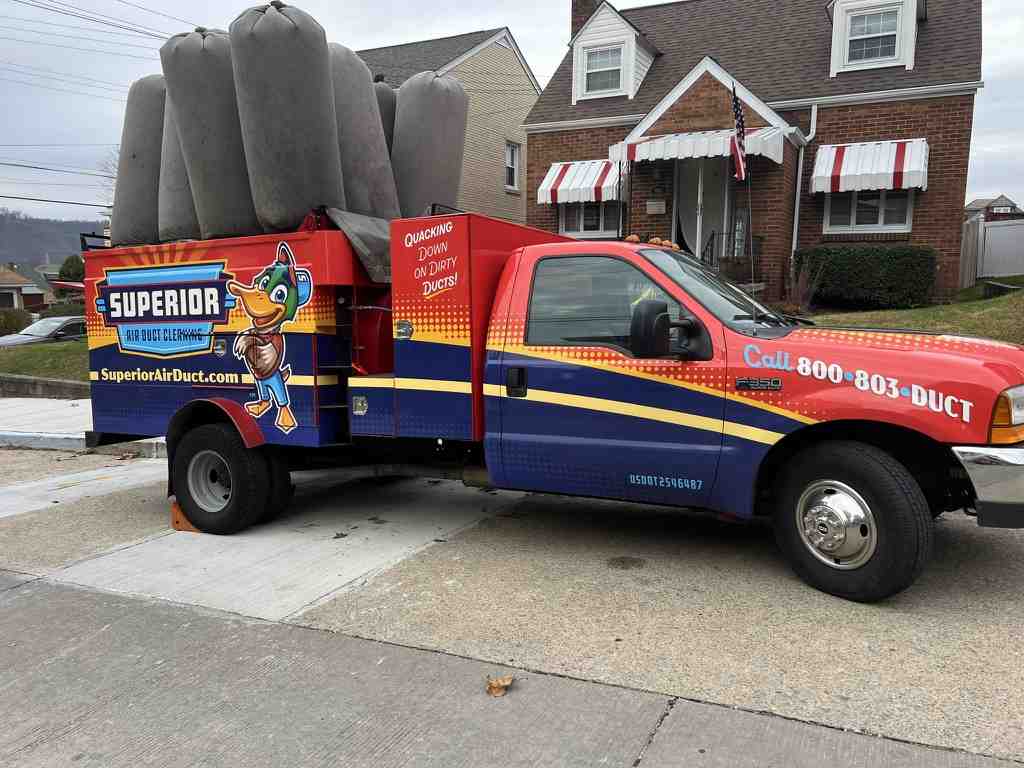


I need to find a service to remove dust from the air ducts in my Pittsburgh home. Who should I call?










